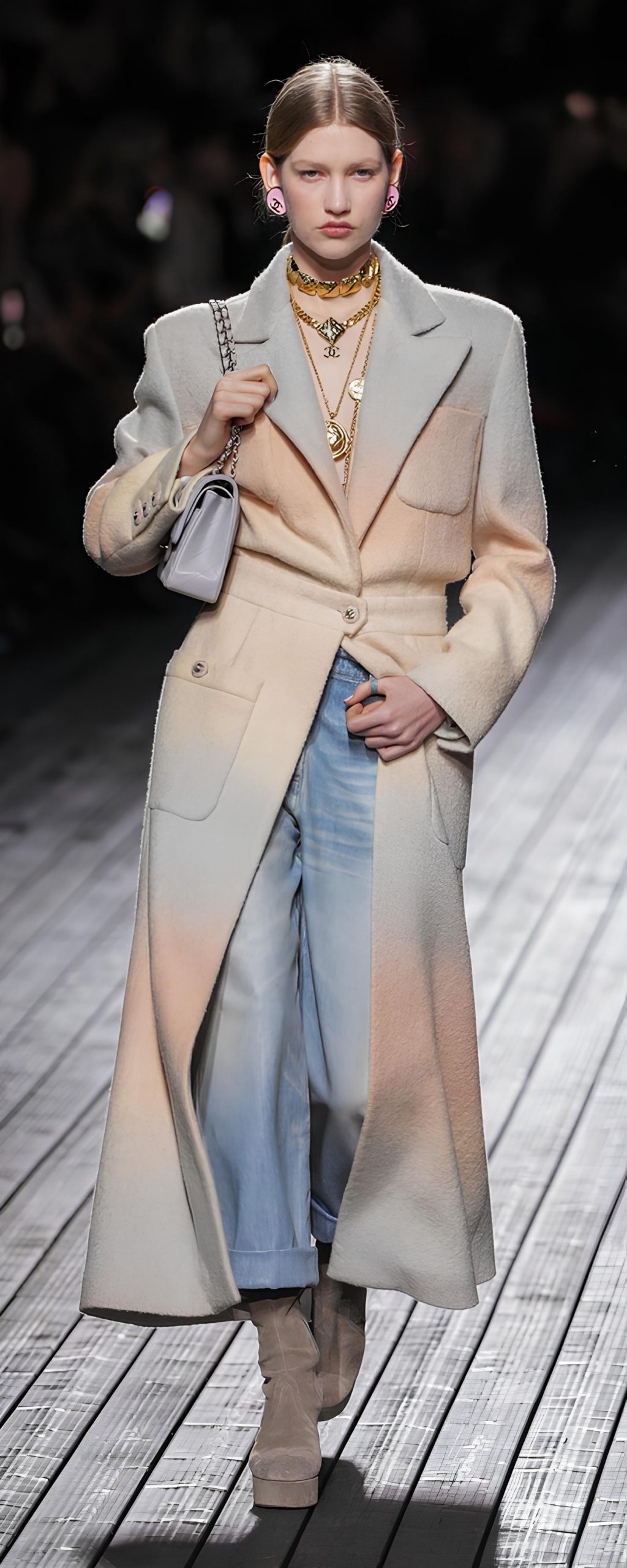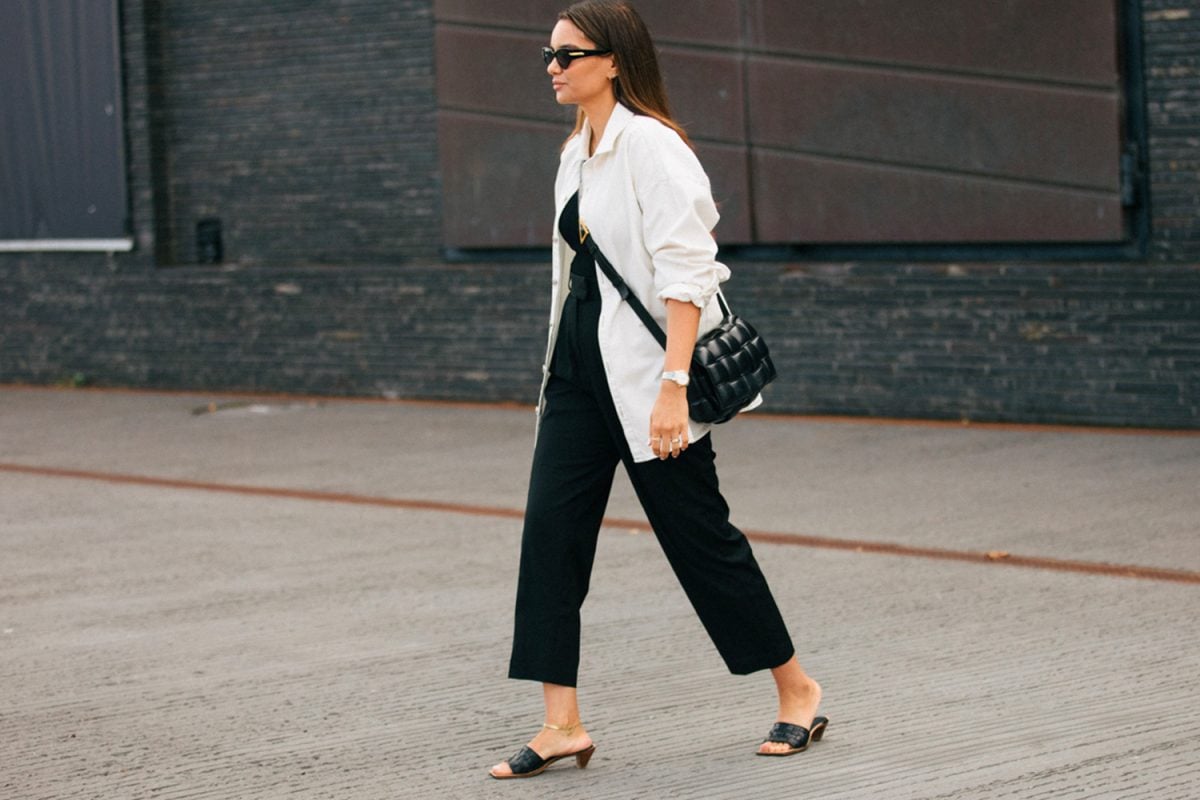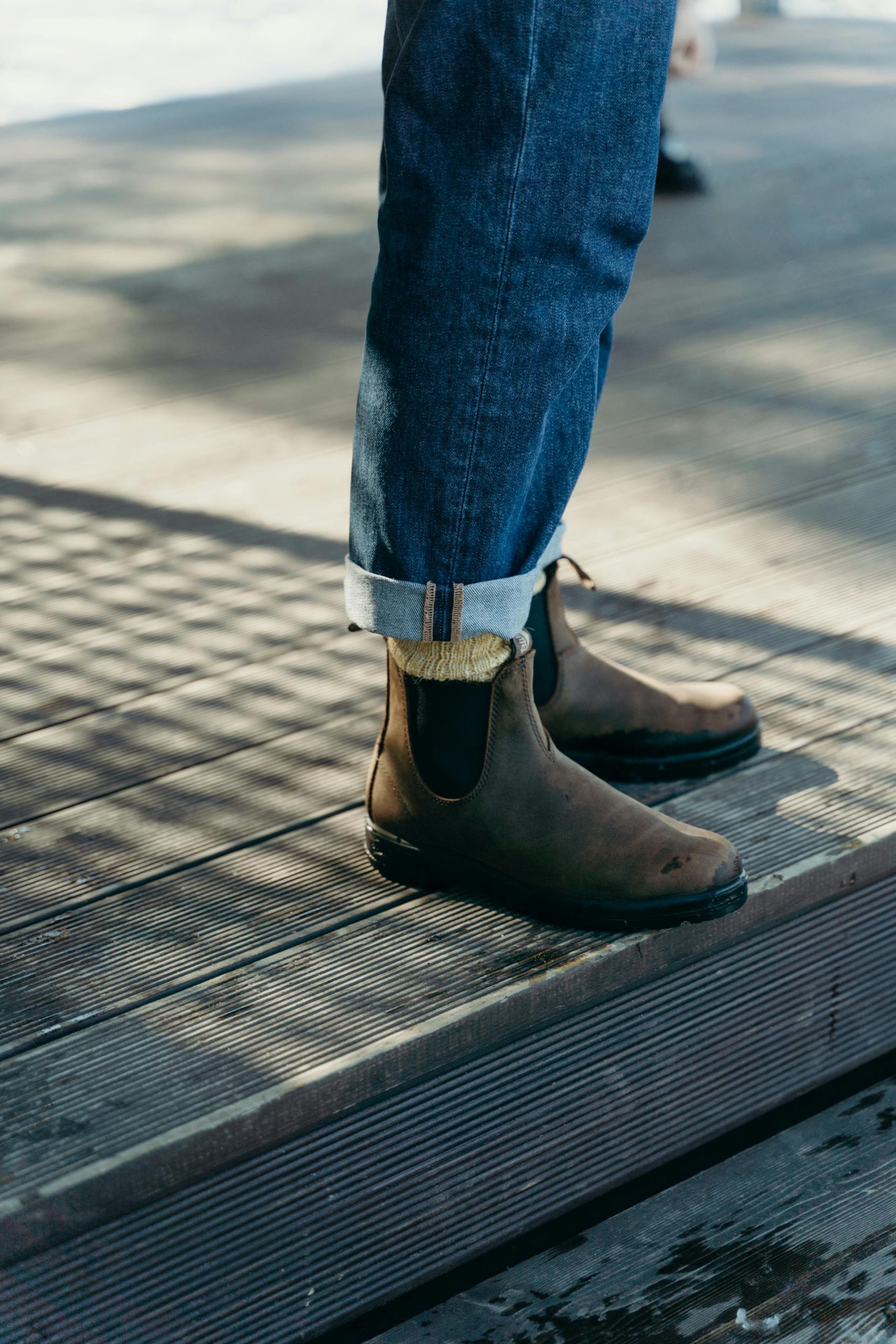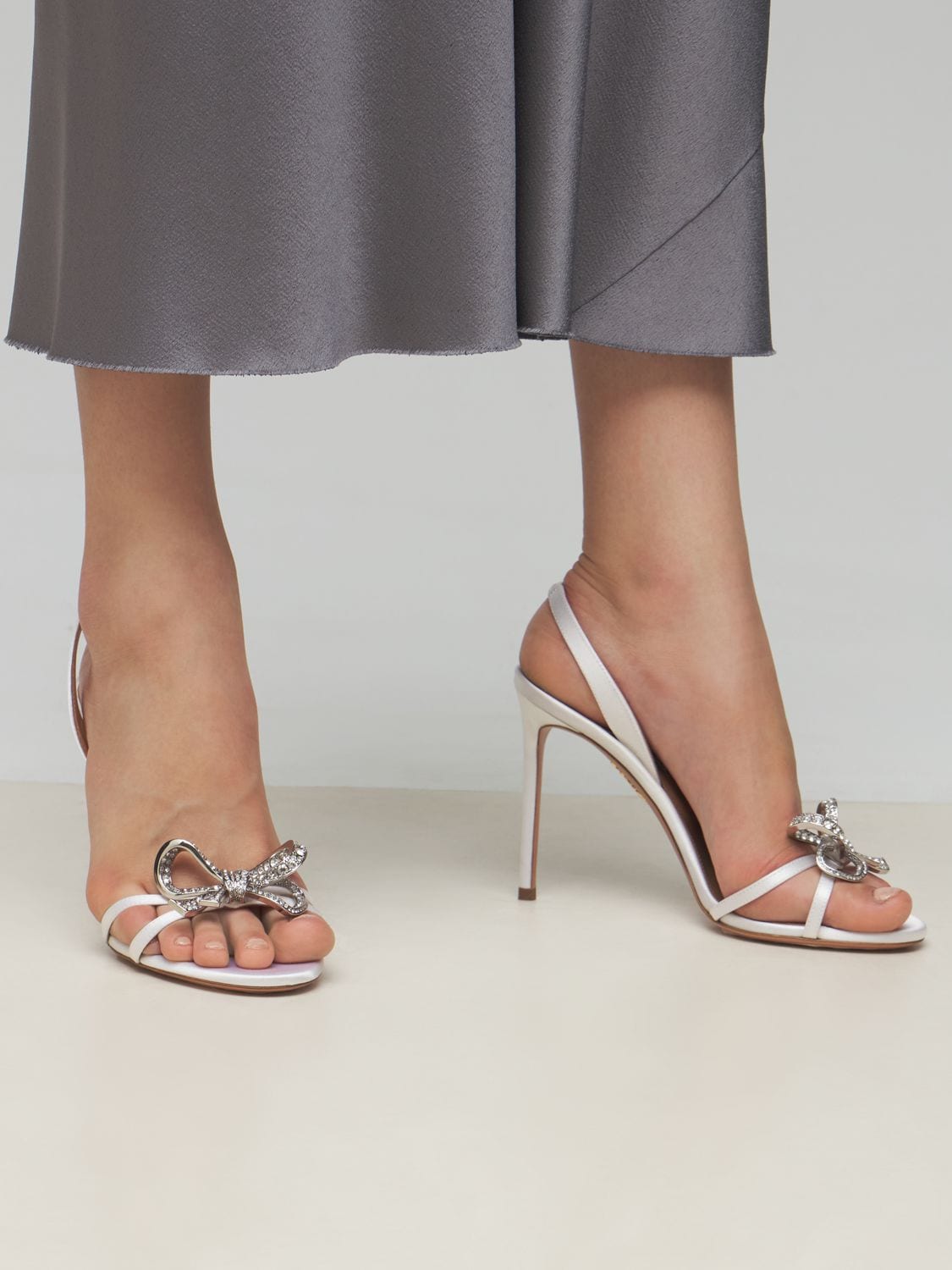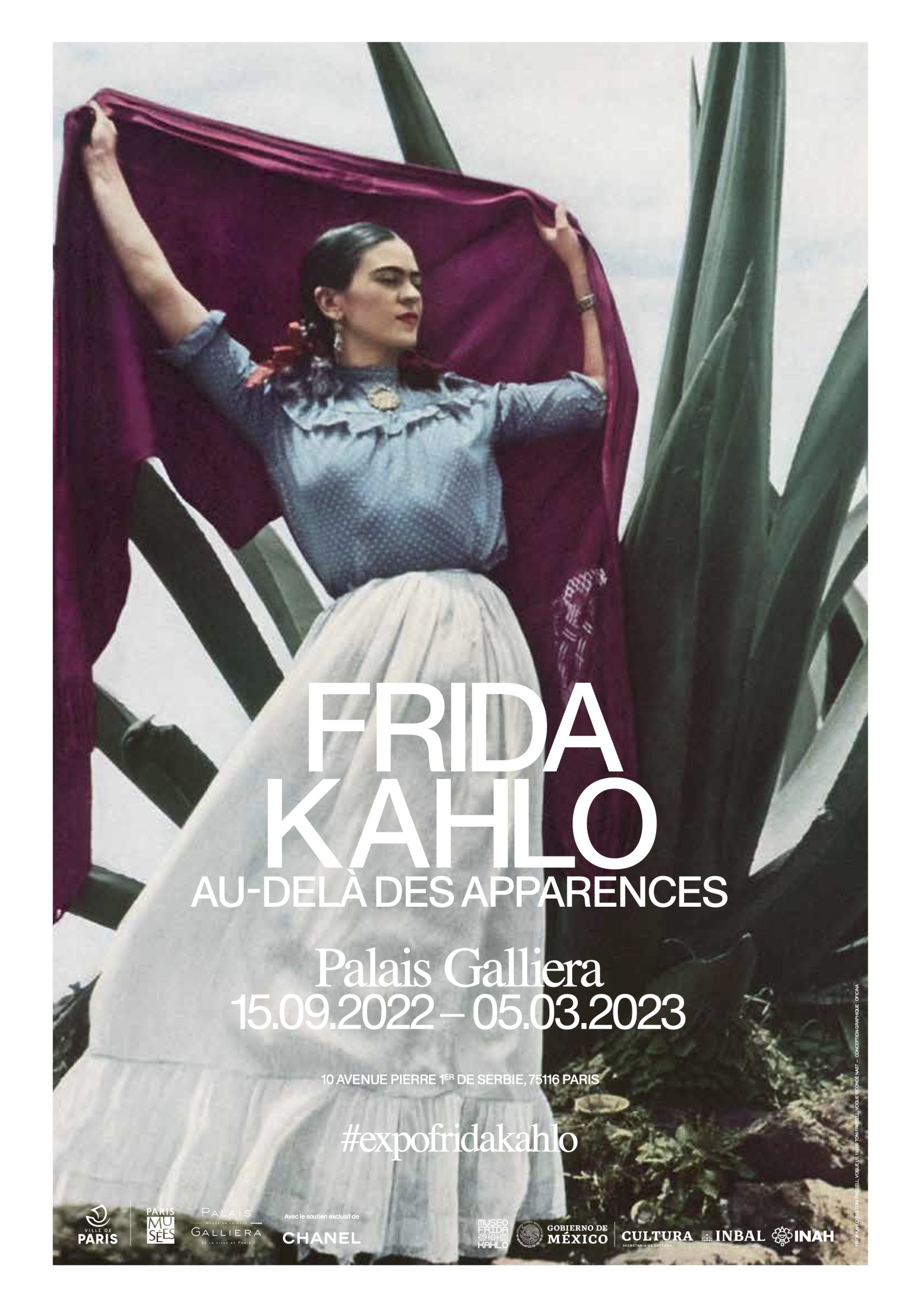
Fashion According to Frida Kahlo: Between Tradition and Concealment
This publication is also available in: Français
English (UK)
Deutsch
Italiano
Español
Known all over the world, Frida Kahlo has captivated us with both her art and her aura. While we are familiar with her works, filled with sadness and suffering, set against a backdrop of bold colors and a naive style, the Palais Galliera currently offers us a more intimate and personal dive into the life of the artist, with its exhibition Frida Kahlo: Beyond Appearances. A meeting, not just with the painter, but with the woman, her fate, and her life full of obstacles. We particularly discover her vision of fashion, and how her outfits helped create her identity, balancing tradition and concealment.
- 1. Who is Frida Kahlo?
- 2. Why is fashion according to Frida Kahlo primarily a matter of culture?
- 3. How does the fashion according to Frida Kahlo integrate her disabilities?
- 4. What role do jewelry play in the fashion according to Frida Kahlo?
- 5. How to create a look inspired by the fashion according to Frida Kahlo?
Who is Frida Kahlo?
Born in 1907 into a family of four children in Coyoacan, Mexico, with an indigenous and Spanish mother, and a German immigrant father, Frida Kahlo spent her entire life in the Casa Azul where she was born. She encountered art through her father’s work as a photographer, notably by learning how to pose, and served as a model for many artists throughout her life. However, destined for a career in medicine, her trajectory changed following a tragic bus accident. Hospitalized for many months, art took a dominant place in her life from that moment on, and never left her.
Her paintings allowed her to express her emotions and suffering in a striking way. Illnesses, the aftermath of the accident, the amputation of a leg, a marriage marked by infidelities, repeated miscarriages, and the inability to have a child… The physical and moral wounds of Frida Kahlo nourished her works, which is the source of all the emotional charge that emanates from them.
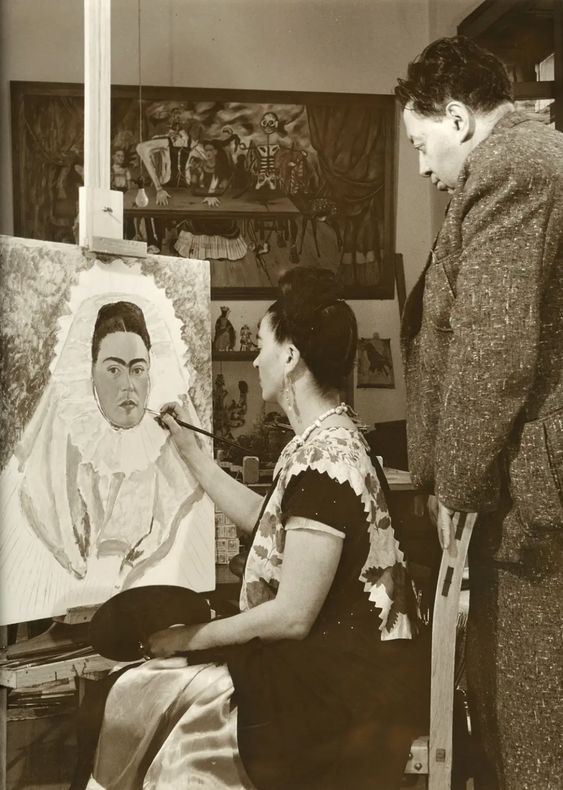
Often associated with the surrealists, the Mexican artist with a naive style distanced herself from them by emphasizing the reality depicted in her works, unlike the imaginary that nourishes surrealist canvases. While she long felt overshadowed by her husband Diego Rivera, a famous muralist, her travels and encounters with other artists gradually revealed her to the world, quickly captivating them with both her work and her persona.
Today recognized as one of the greatest artists of her century, her life, her works, and her style have made her an icon. The exhibition dedicated to her opens the doors to her almost sacred universe, where we discover over 200 photos, films, letters, sketches, paintings, outfits, jewelry, accessories, a medicine cabinet, orthopedic corsets… All of which had long been preserved from view within the Casa Azul. These objects and moments of life allow us to rediscover this woman, a fighter, resilient, whom life did not spare, but who managed to draw creativity from it to express herself.
Why is fashion according to Frida Kahlo primarily a matter of culture?
Very quickly, the artist understood that clothing and accessories were just as much means of expression as the canvases she covered in colors. After spending her childhood dressing in rather European pieces, Frida Kahlo decided to shape her image and emphasize her Mexican identity, starting at the age of 20.
With the backdrop of the Mexican Revolution, artists of the time wanted to highlight the richness and ethnic diversity of the country. The isthmus of Tehuantepec became one of their major inspirations. Gradually, the traditional outfits from this region became part of Frida Kahlo’s vision of fashion, constructing her identity known as “La Tehuana”, thus underscoring her cultural belonging, echoing her indigenous roots passed down by her mother.
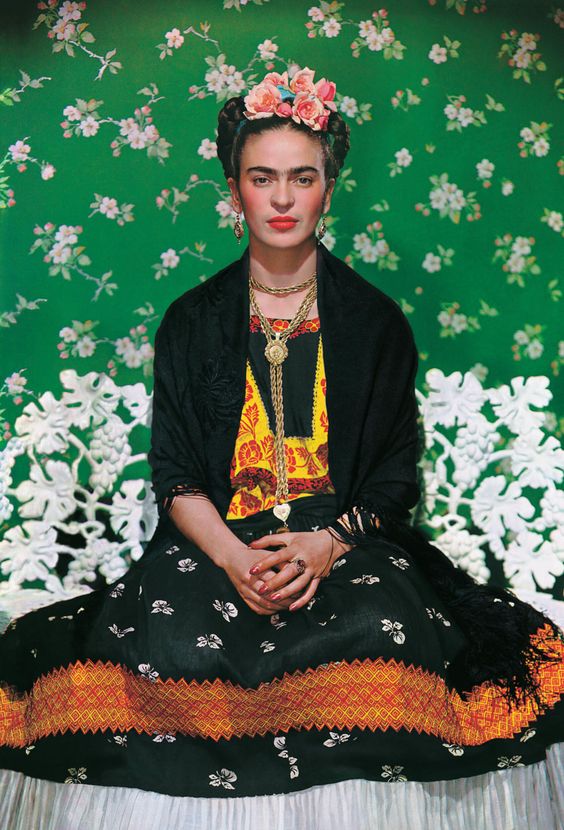
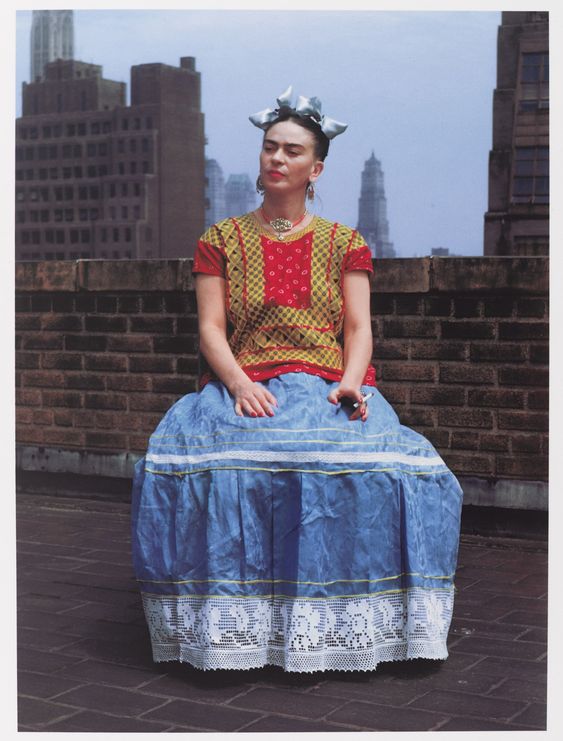
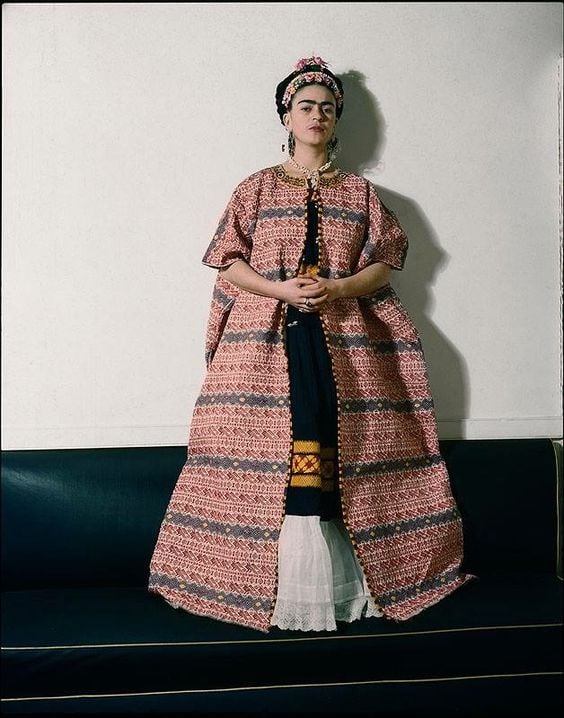
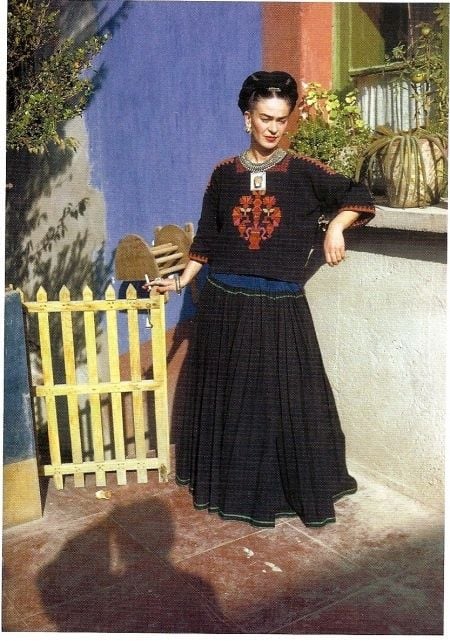
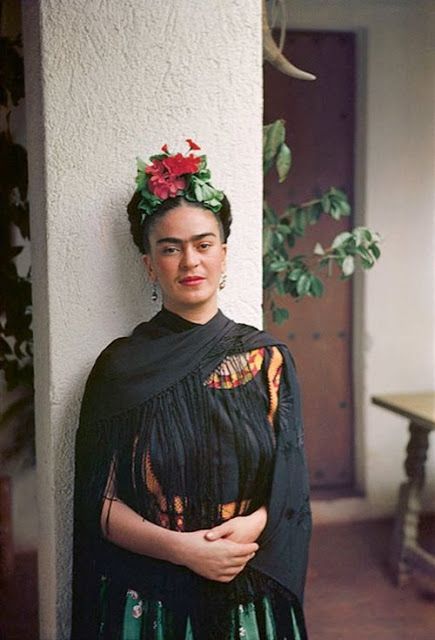
Carefully working on her outfits, the fashion according to Frida Kahlo consisted of pieces from different periods and origins, creating a style described as hybrid. The outfits of Tehuana women that she wore symbolized their matriarchal culture, their strength and pride. They were made up of colorful and embroidered pieces: skirt (enagua), ruffle (holan), tunic (huipil), and shawl (rebozo). Frida Kahlo assembled a wardrobe from traditional pieces given to her or designed for her, with some liberties taken in the patterns, choice of fabrics, and seam arrangements. She herself loved to sew, personalizing her pieces with little bells.
Clothing as a militant act
Frida Kahlo’s vision of fashion was also a means of militant expression. The artist, who had strong political opinions and was part of a group called Los Cachuchas, joined the Communist Party as early as 1928. Her membership in the party led to various works and references in her outfits. Notably on one of her corsets, where she painted the symbol of the hammer and sickle.
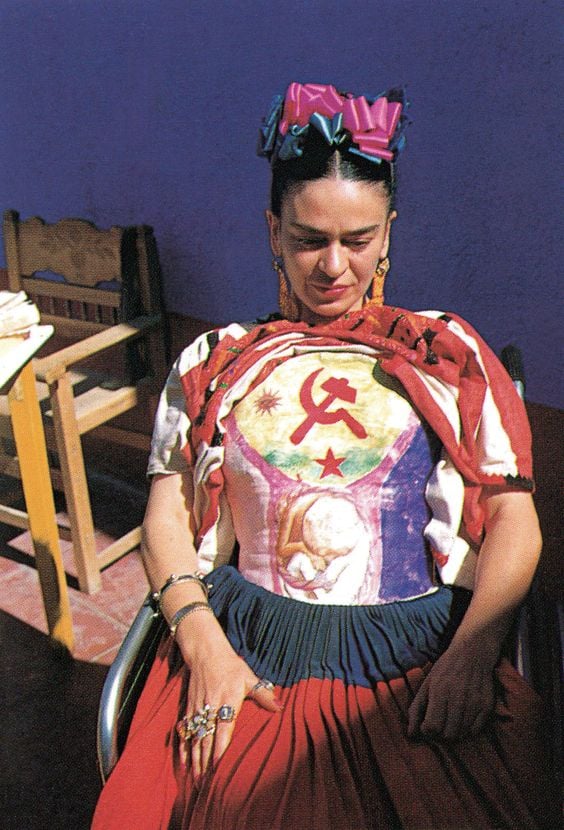
This use of clothing as a vector for discourse resonates with the photos taken of her by her father when she was younger, both in girl and boy’s clothing, and questioning gender fluidity. Through her work, the artist constantly broke taboos, codes, and preconceived ideas.
How does the fashion according to Frida Kahlo integrate her disabilities?
What makes the fashion according to Frida Kahlo exciting to discover is the medical devices she had to wear throughout her life. Orthopedic corsets, elevated heel shoes, leg prosthetics… Always trying to extract a part of joy and creativity from her misfortune, Frida Kahlo decided to view these devices as pieces she wished to wear, making them a second skin. Observing them as a canvas, she deposited her creativity onto them and her pieces transformed into extensions of her artwork. Now displayed in showcases, these items hold as much artistic value as her paintings.
Frida Kahlo was in control of her image and played with it, showing or concealing what she wished. The long skirts allowed her to hide the atrophy of her leg, and the huipils concealed her corsets, which supported her spine. These corsets, made of steel, leather, and plaster, were spaces of expression for painting her reality and wounds.
Her fitted shoes and leg prosthetics were also adorned with art, between vibrant colors and Chinese embroidery or the addition of jingles, to transform them into beautiful pieces. These colorful pockets of joy, surrounding her disabilities and their consequences, are what shaped Frida Kahlo’s personality. A strong, resilient, and unique woman.
What role do jewelry play in the fashion according to Frida Kahlo?
The artist, who took great care in adorning herself until her last breath, placed great importance on accessories.
We first count the jewelry, which consisted notably of pre-Columbian pieces, or from Maya culture, with stones like jade or obsidian. Some pieces were even assembled by Frida Kahlo herself, underscoring her cultural belonging. Other jewelry elements were made of golden chains, some featuring coins, symbolizing a family’s wealth at the time. The painter also had numerous earrings with Mexican symbols, and rings that adorned her hands, often exchanged as tokens of friendship.
Another strong element of the artist’s identity was her hairstyle. In continuation of the Tehuana outfits, she began to replicate their hairstyles, consisting of two intertwined braids on the top of her head, into which a colorful ribbon was woven. To this, Frida Kahlo added fresh flowers from her garden, between fuchsias and bergenias, to bring even more color to her appearance.
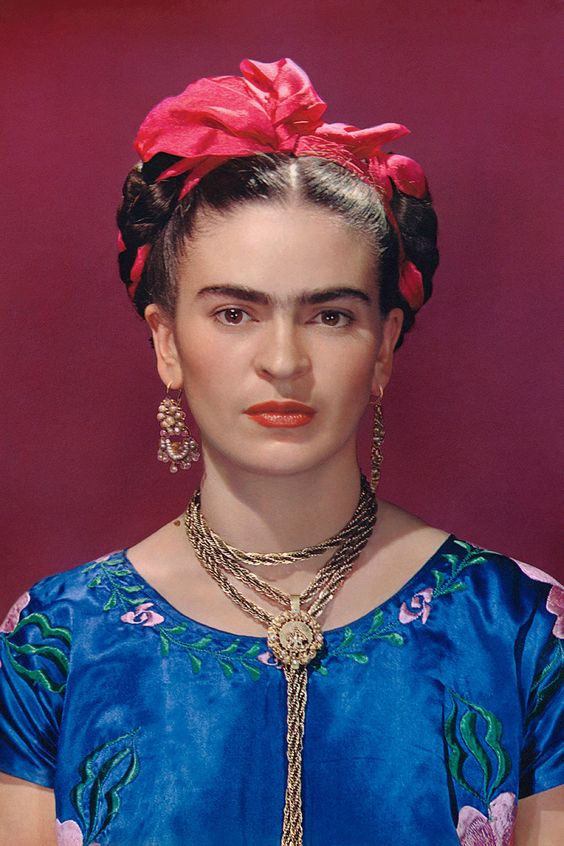
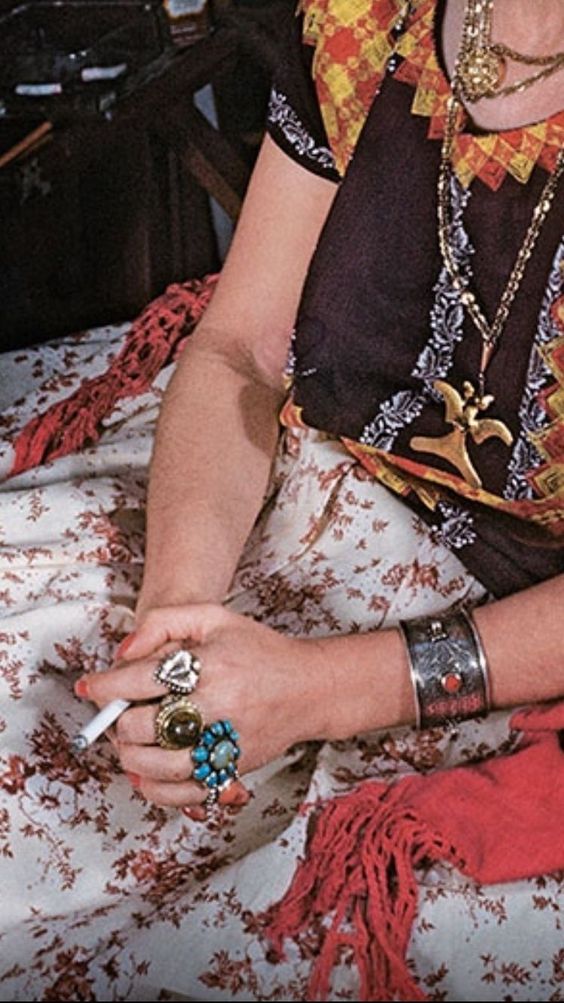
Preparing herself carefully, we find in her makeup the deep reds and pinks that were her signature. This applied to both her lipstick and nail polish. The artist even had friends send products from the USA, highlighting her pleasure in taking care of herself, with products she loved like the Revlon brand.
How to create a look inspired by the fashion according to Frida Kahlo?
Frequently photographed, notably by Nickolas Muray, Frida Kahlo’s approach to fashion has also inspired many designers, such as Jean-Paul Gaultier, Valentino, Chanel, Givenchy, Dior, Alexander McQueen, and Comme des Garçons.
Whether you wish to have the artist’s face on a piece, or create a look inspired by hers, here is our little selection on Modalova.
Pieces inspired by Frida Kahlo
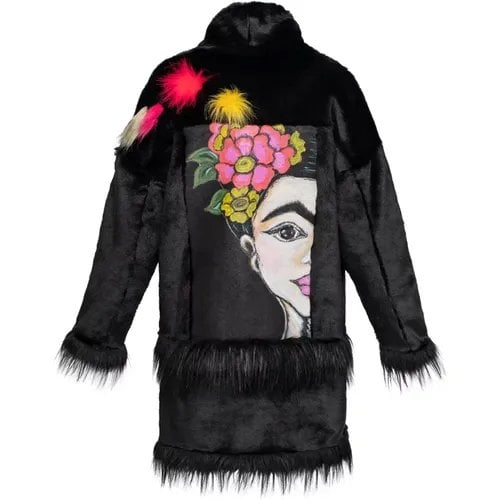
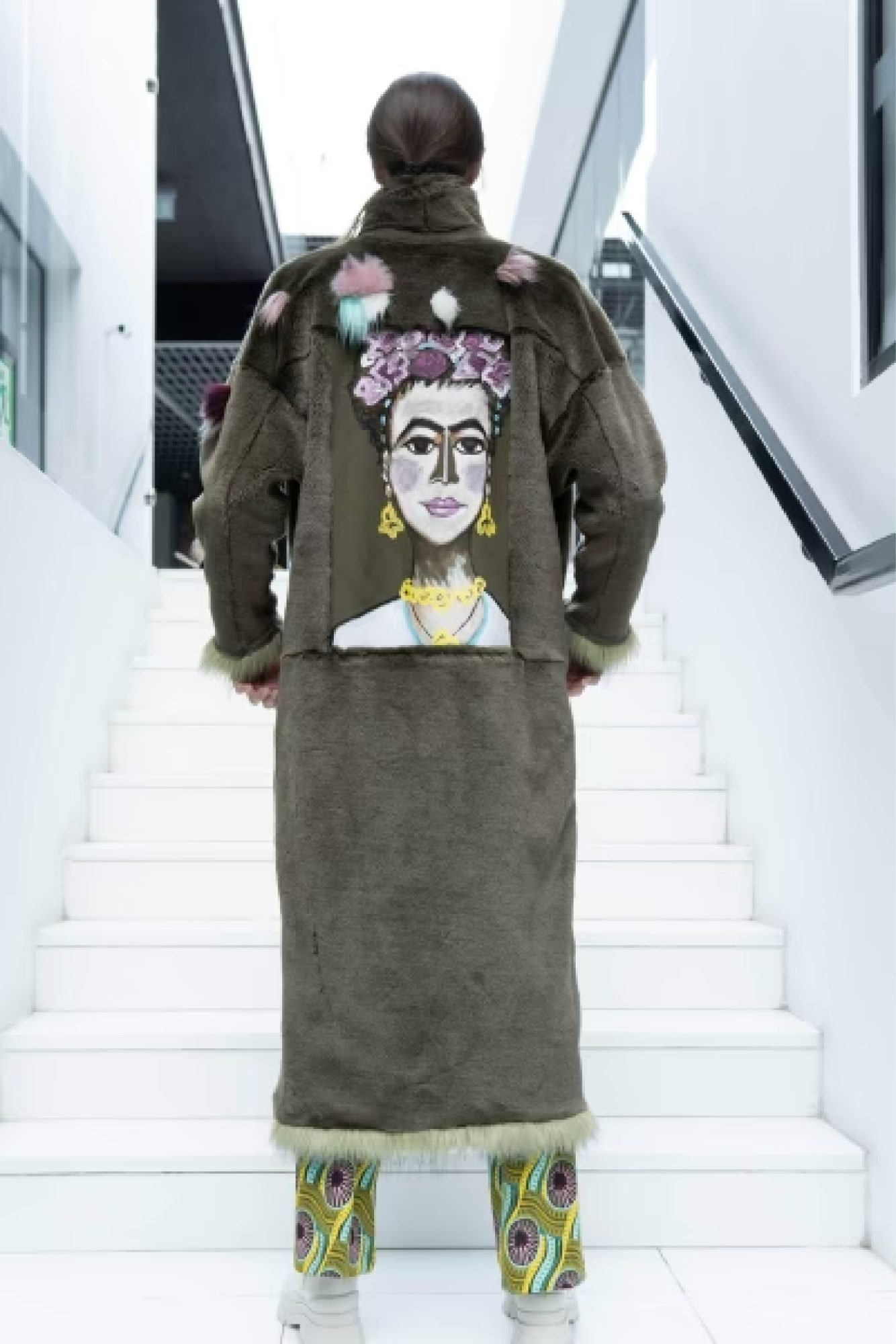
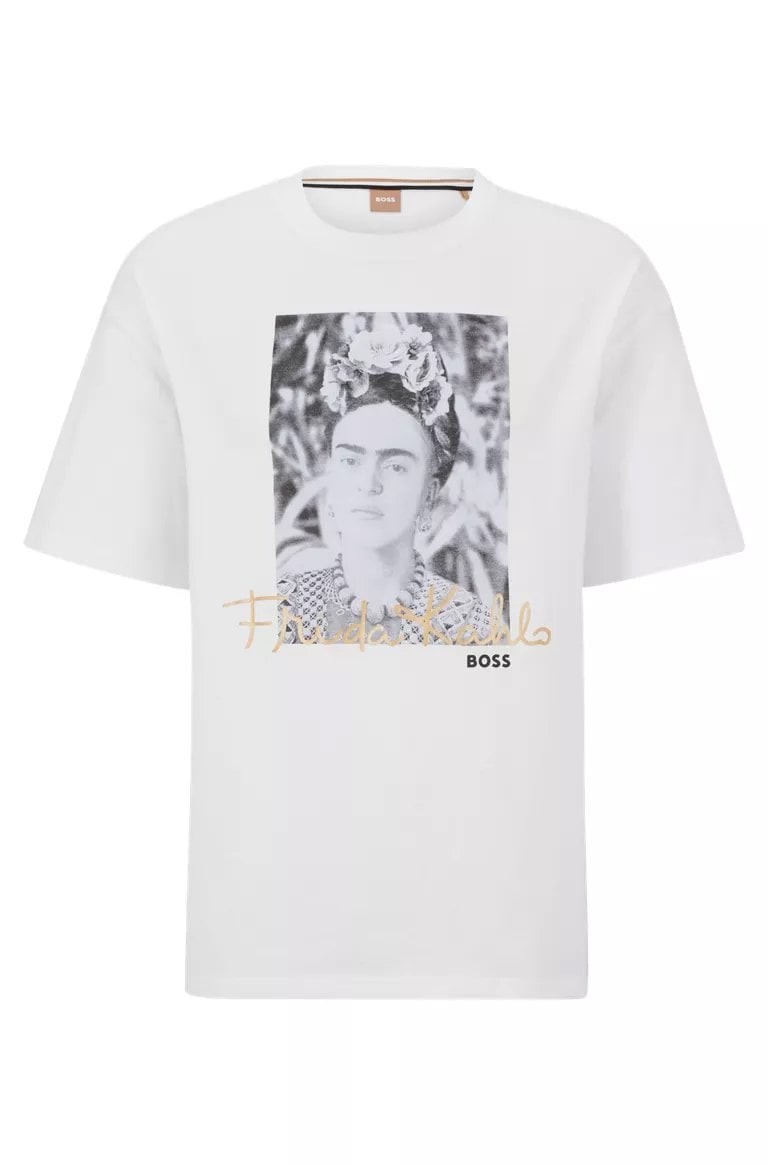
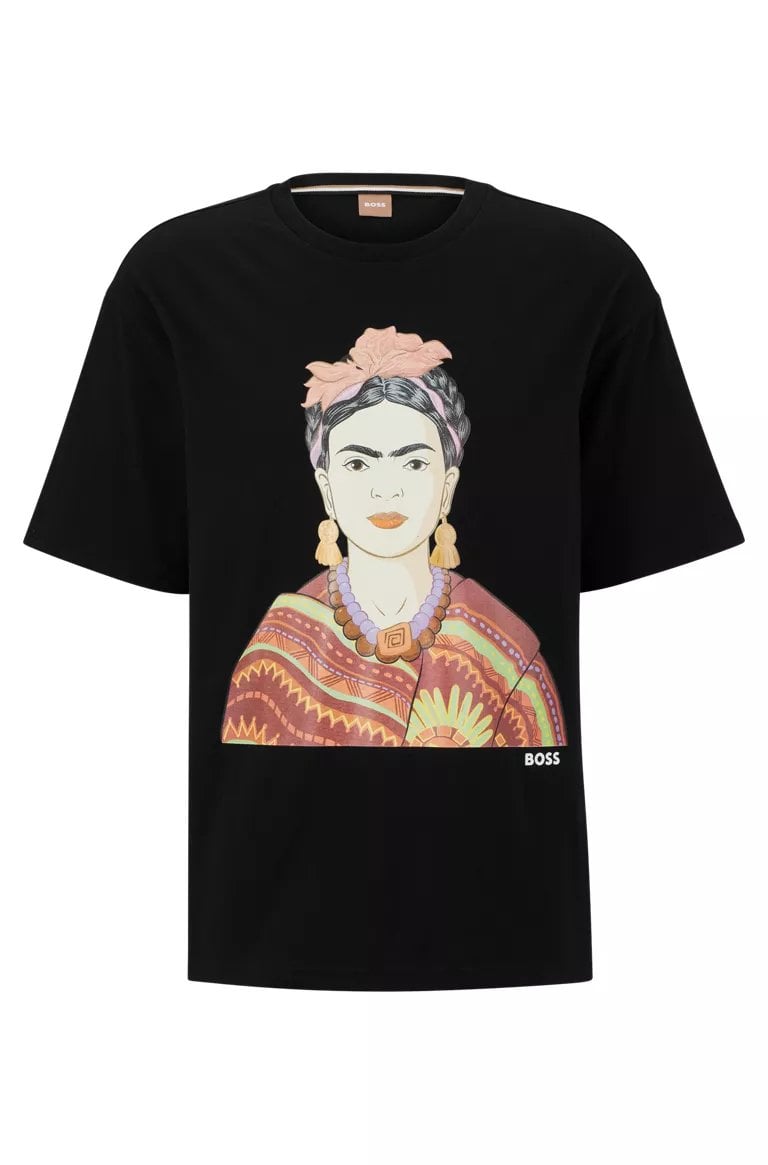
Adopting the fashion according to Frida Kahlo: the blouse
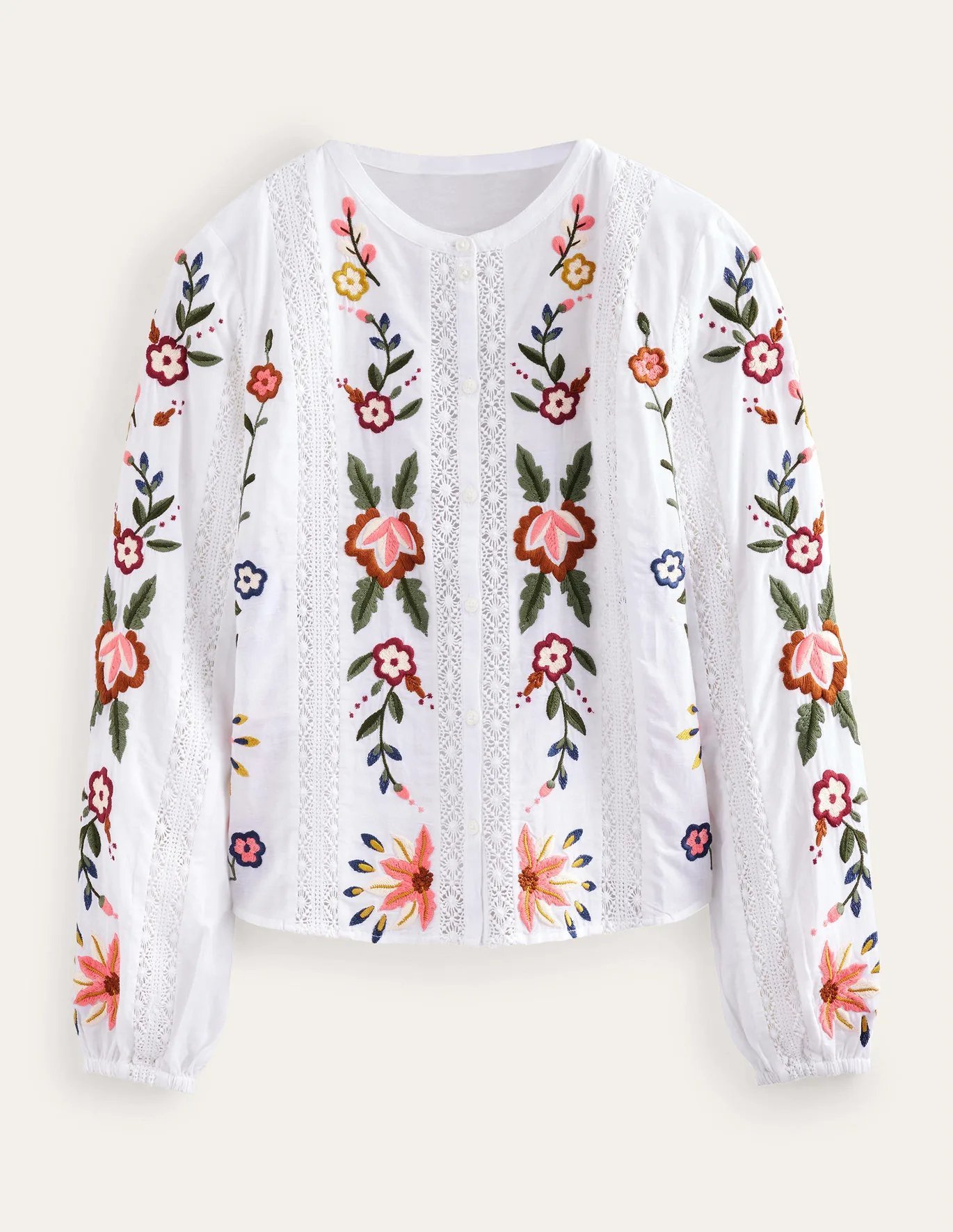
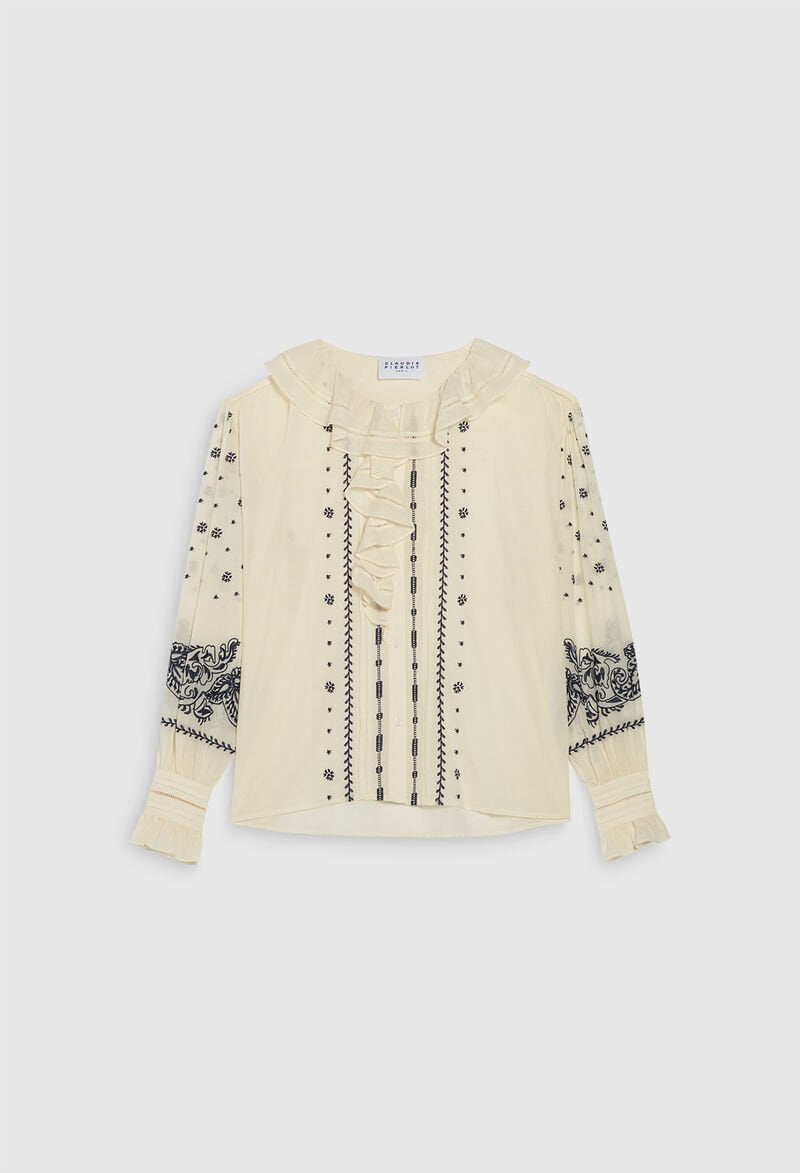
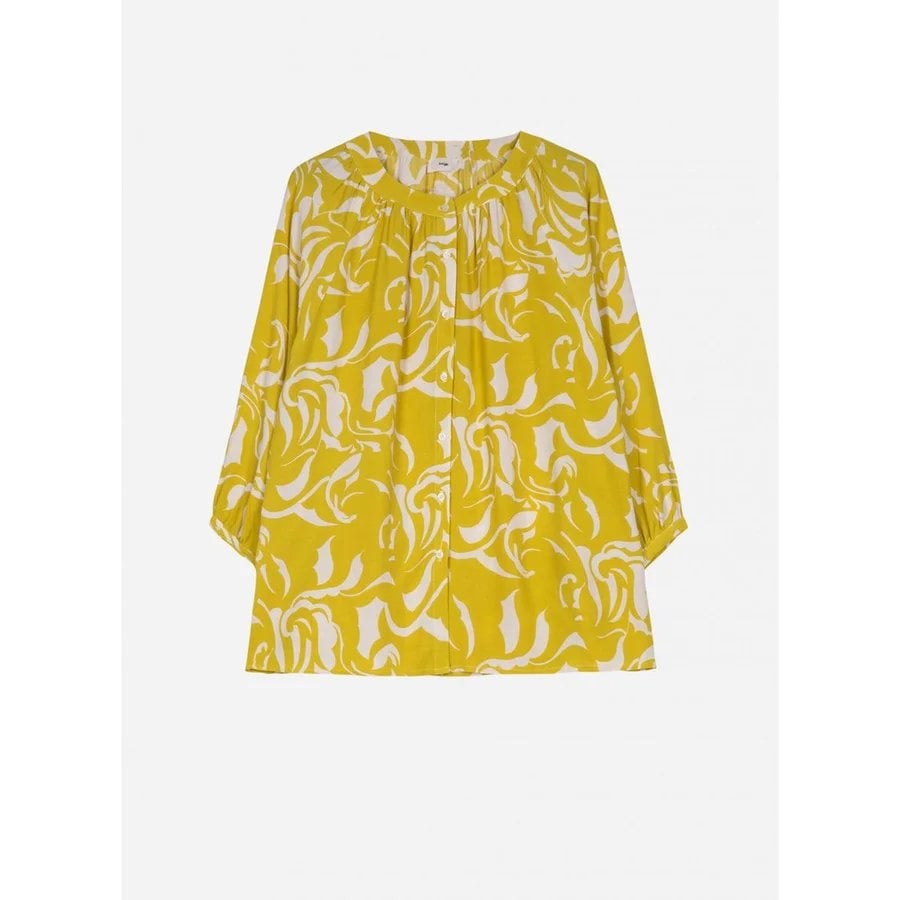
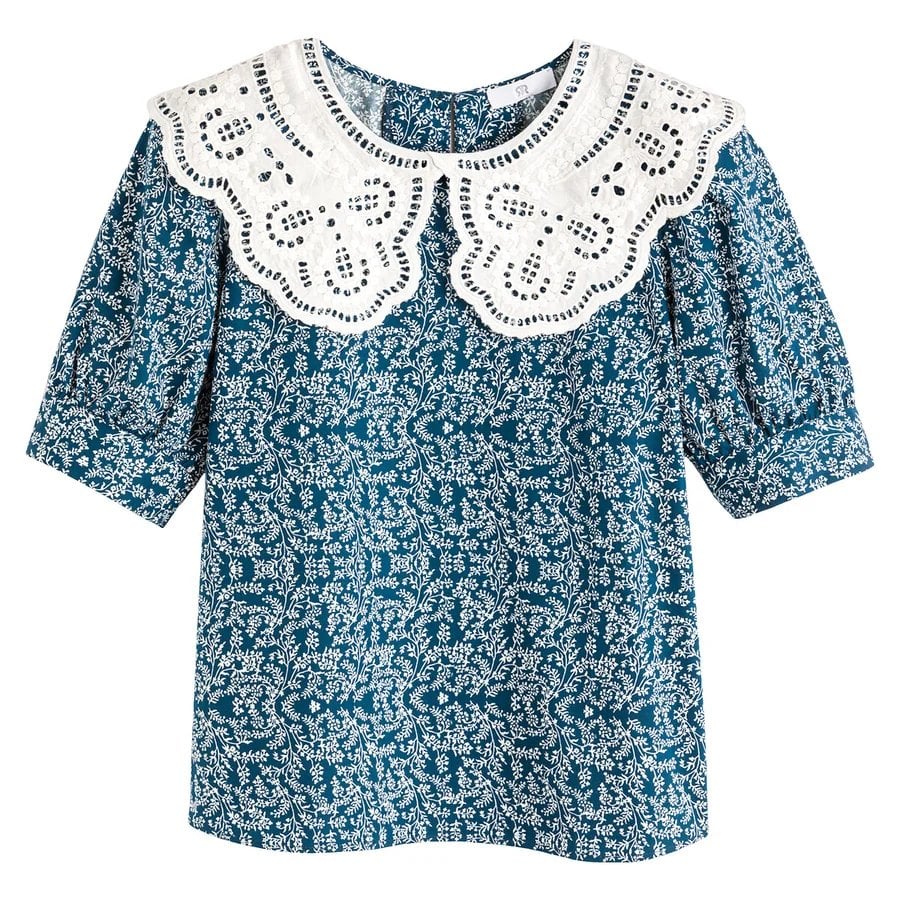
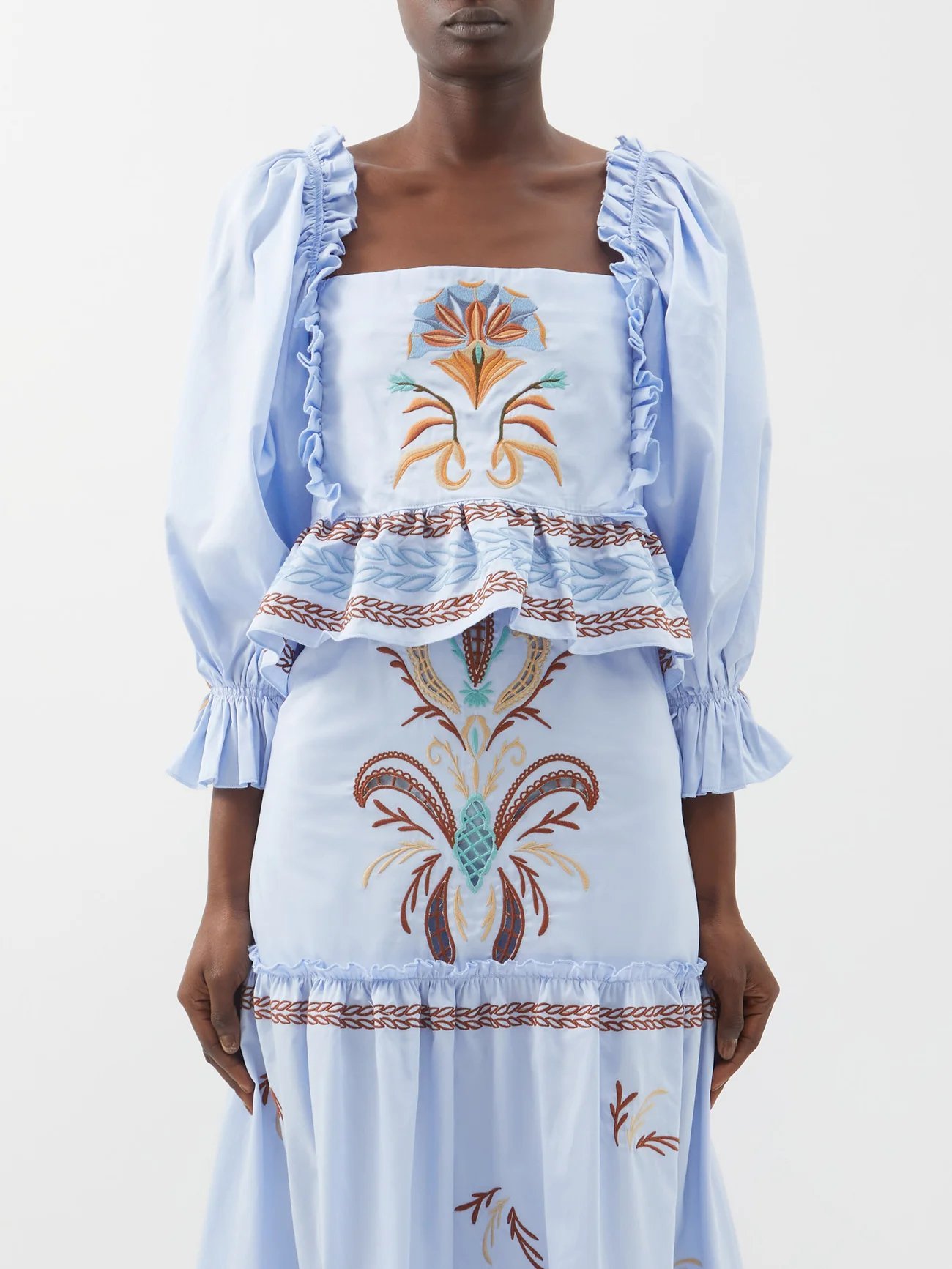
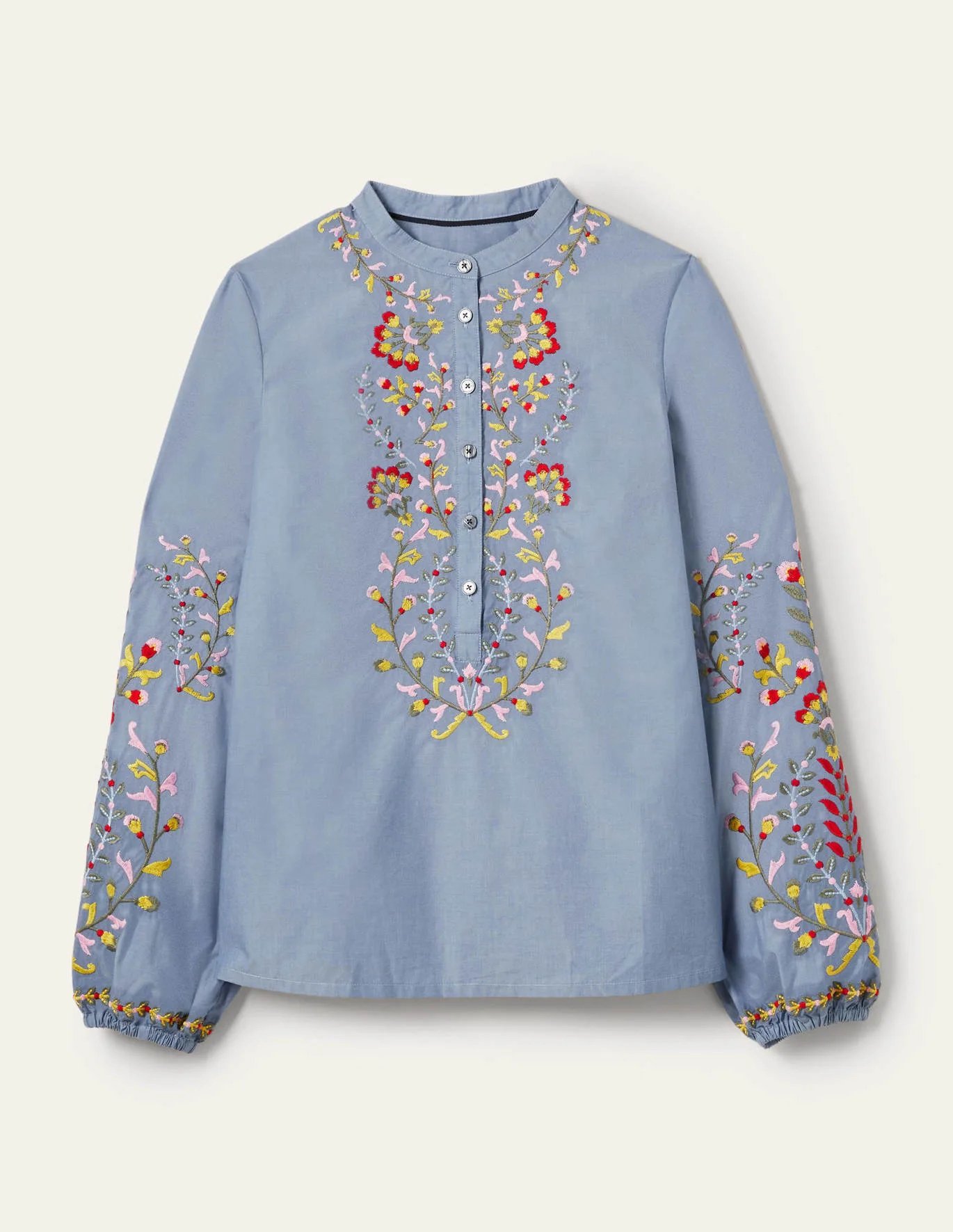
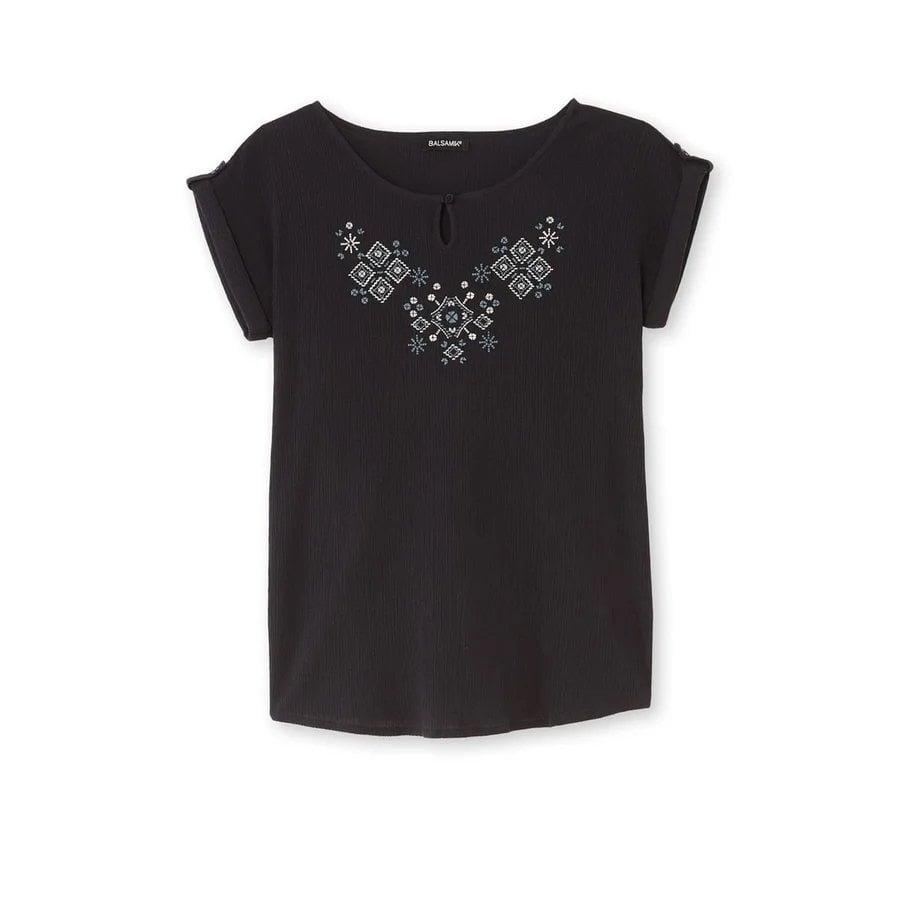
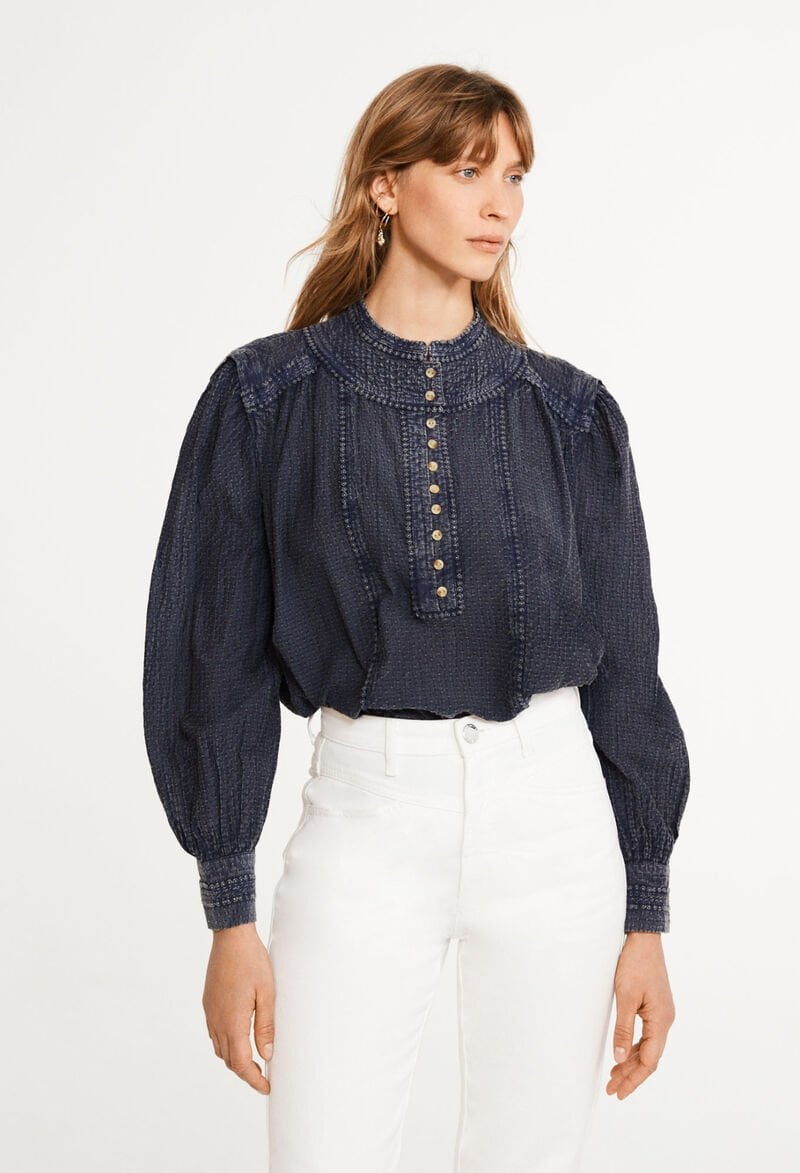
The skirt
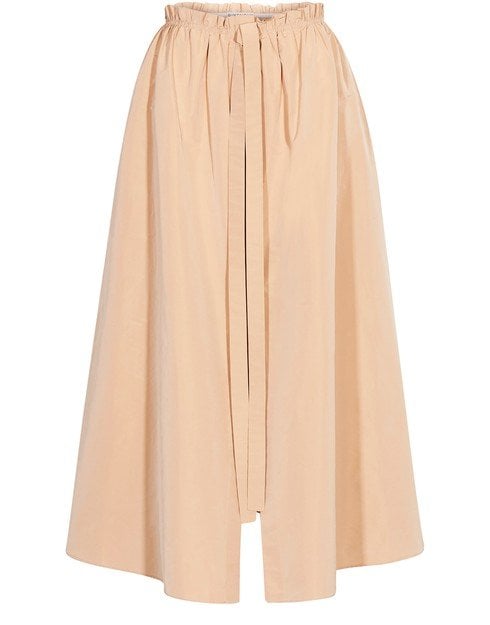
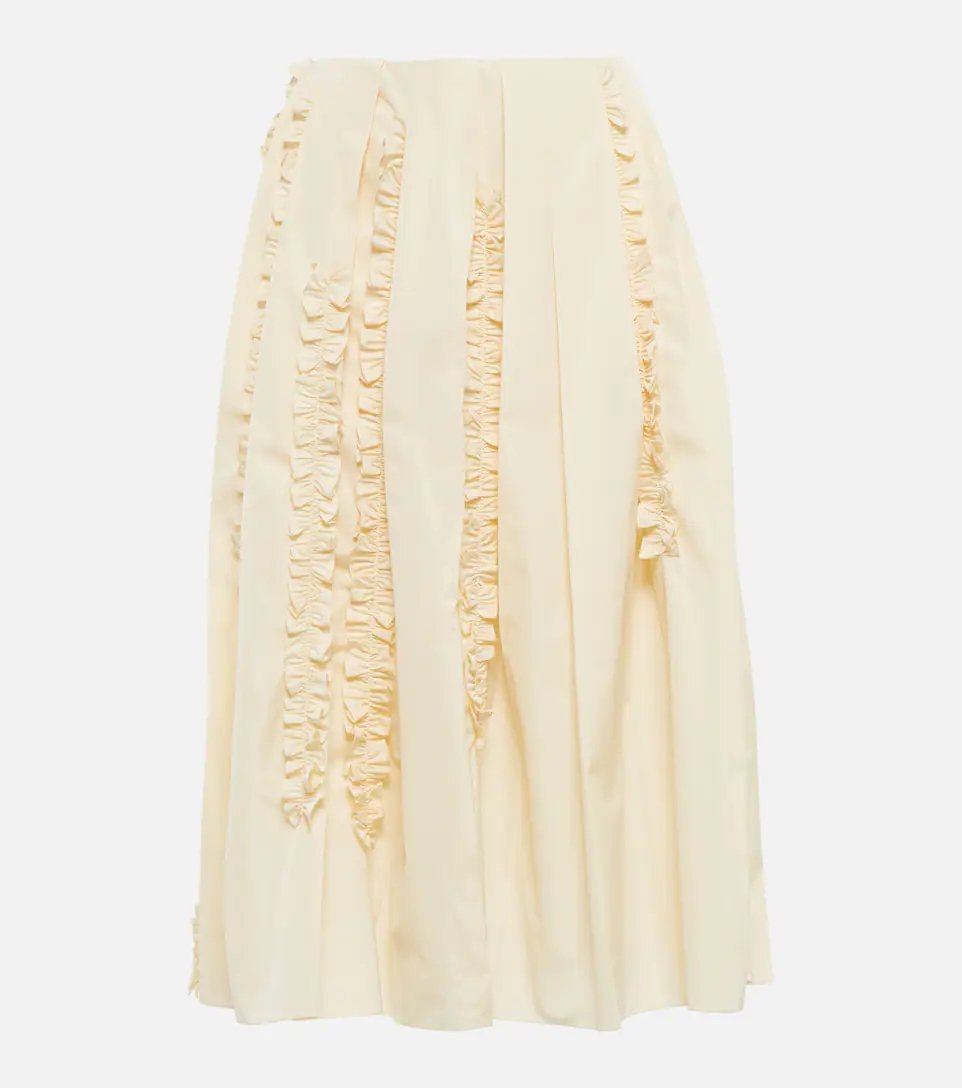
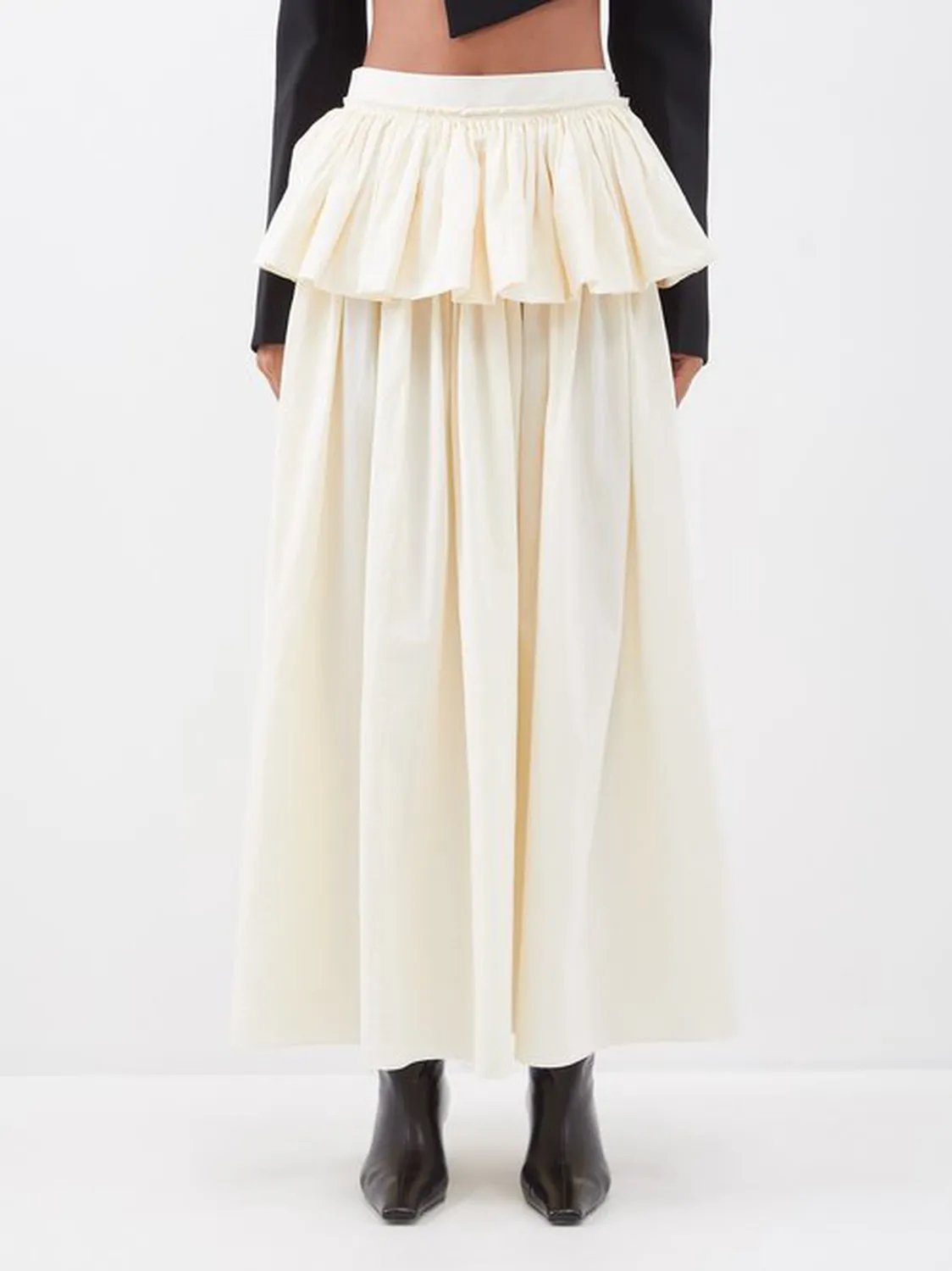
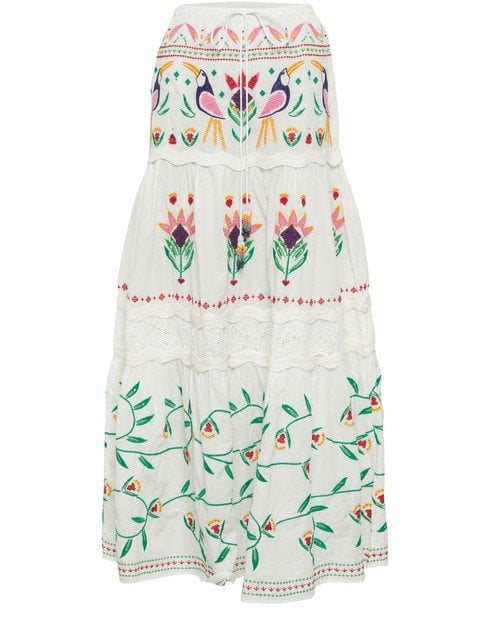
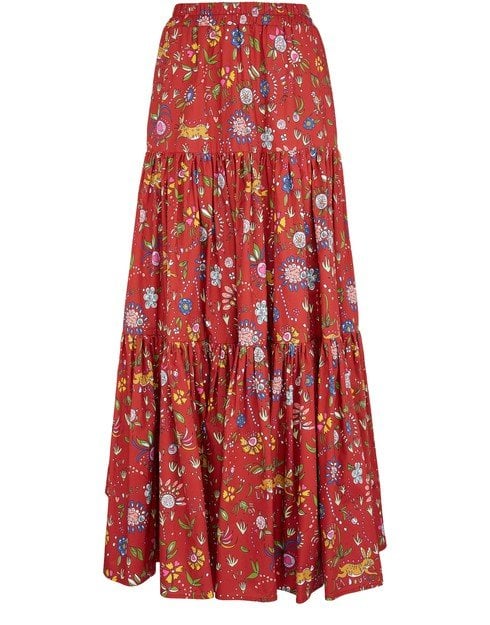
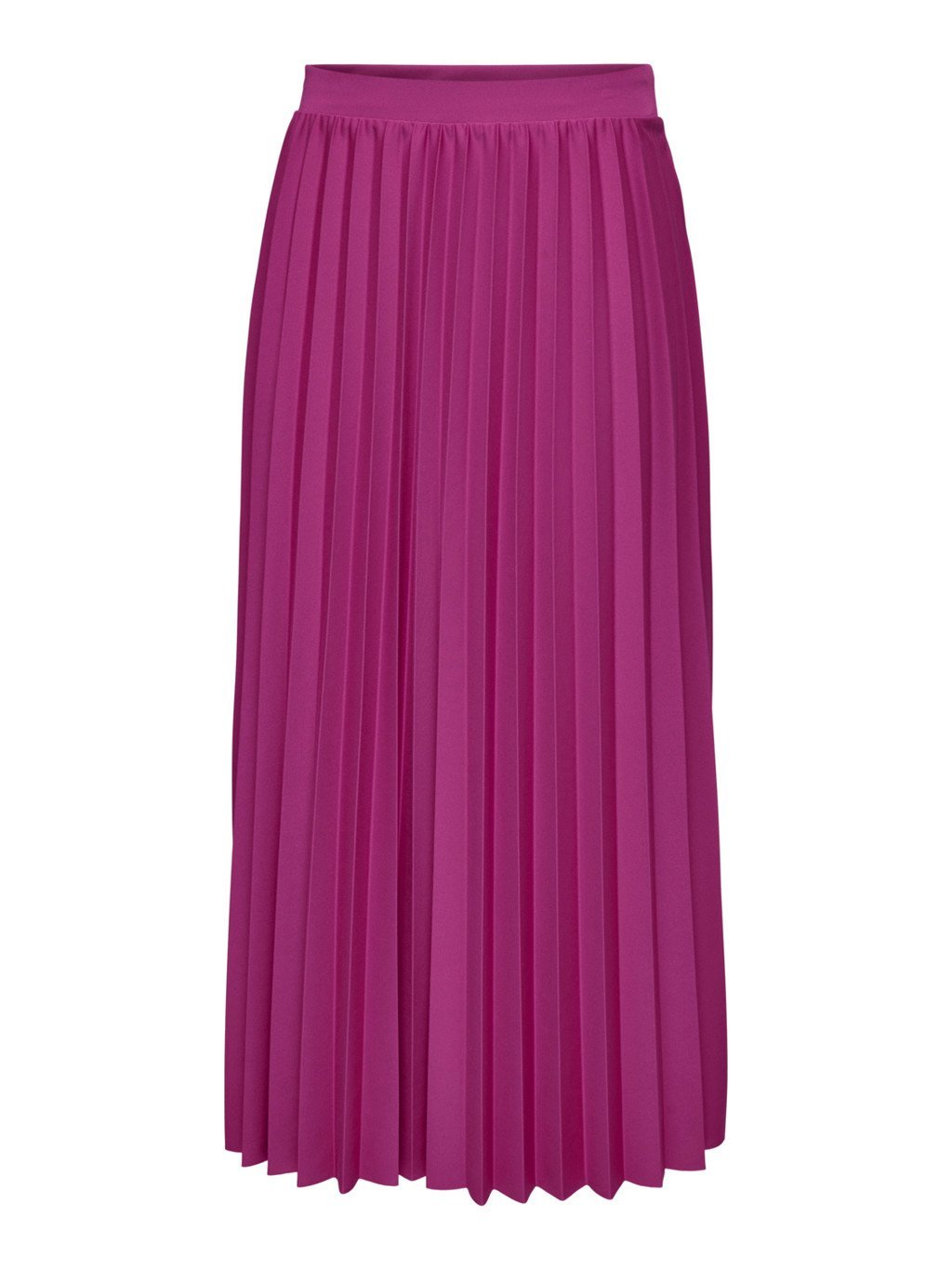
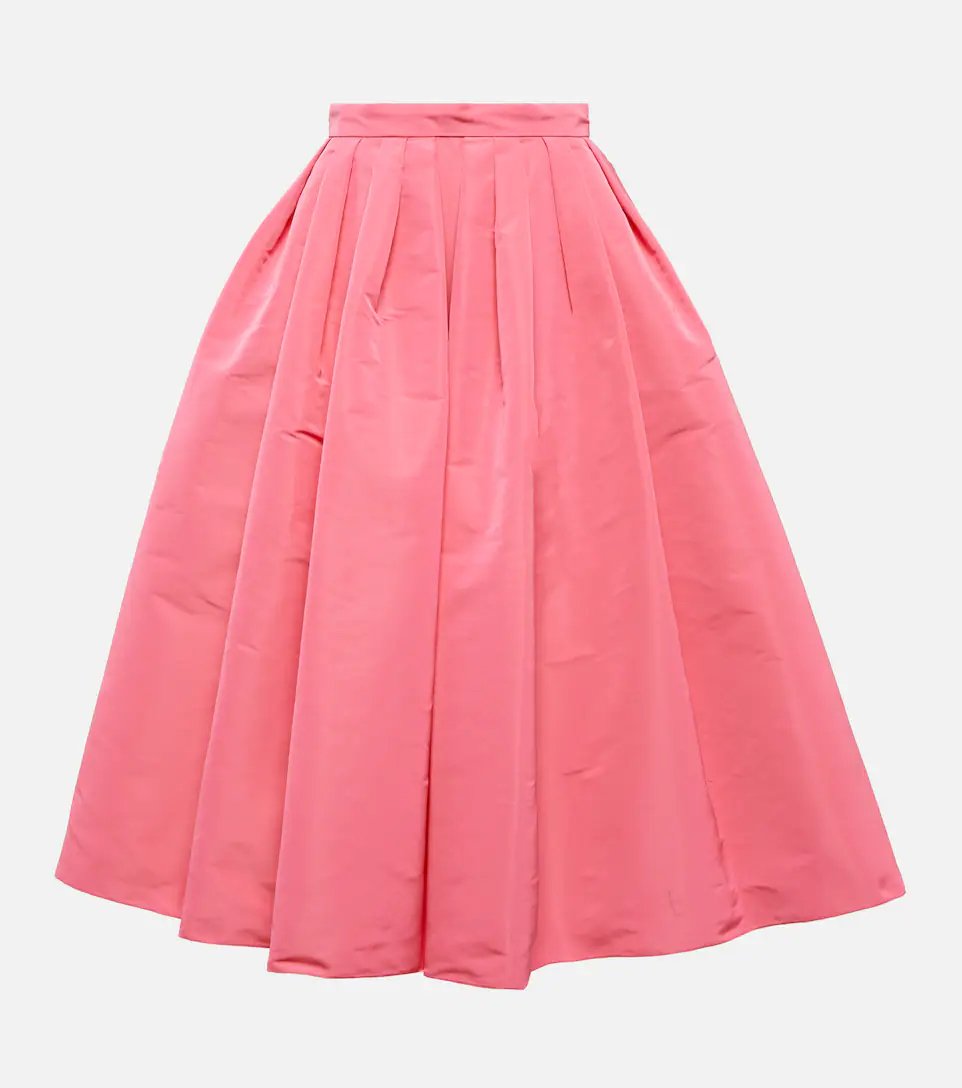
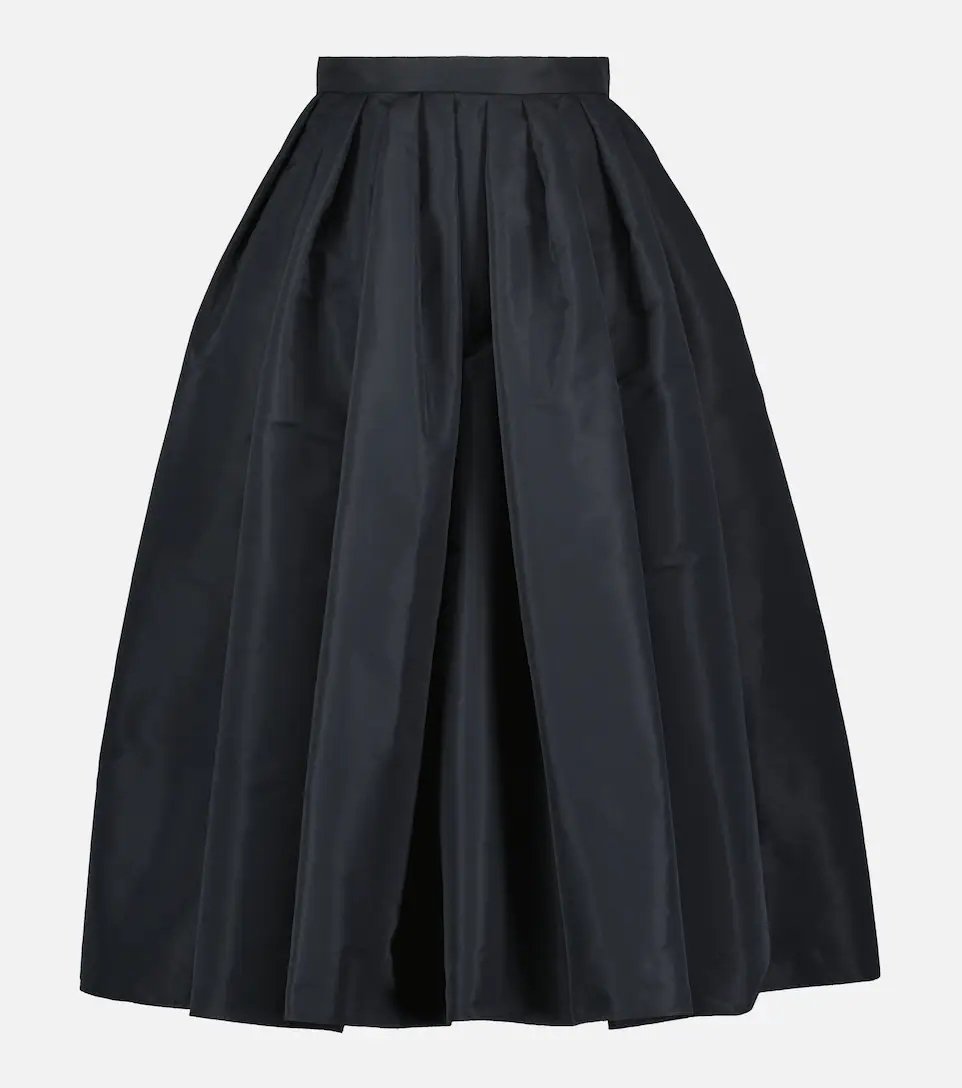
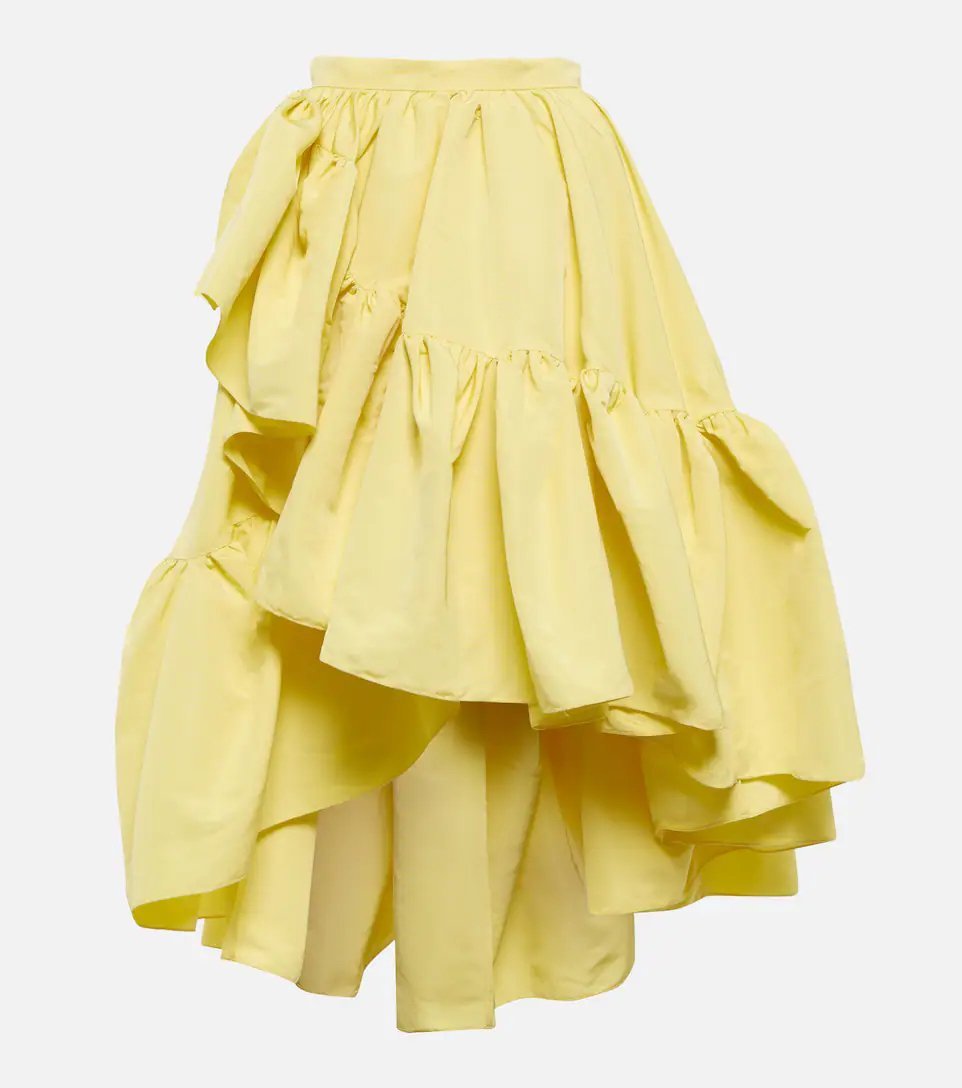
The corset
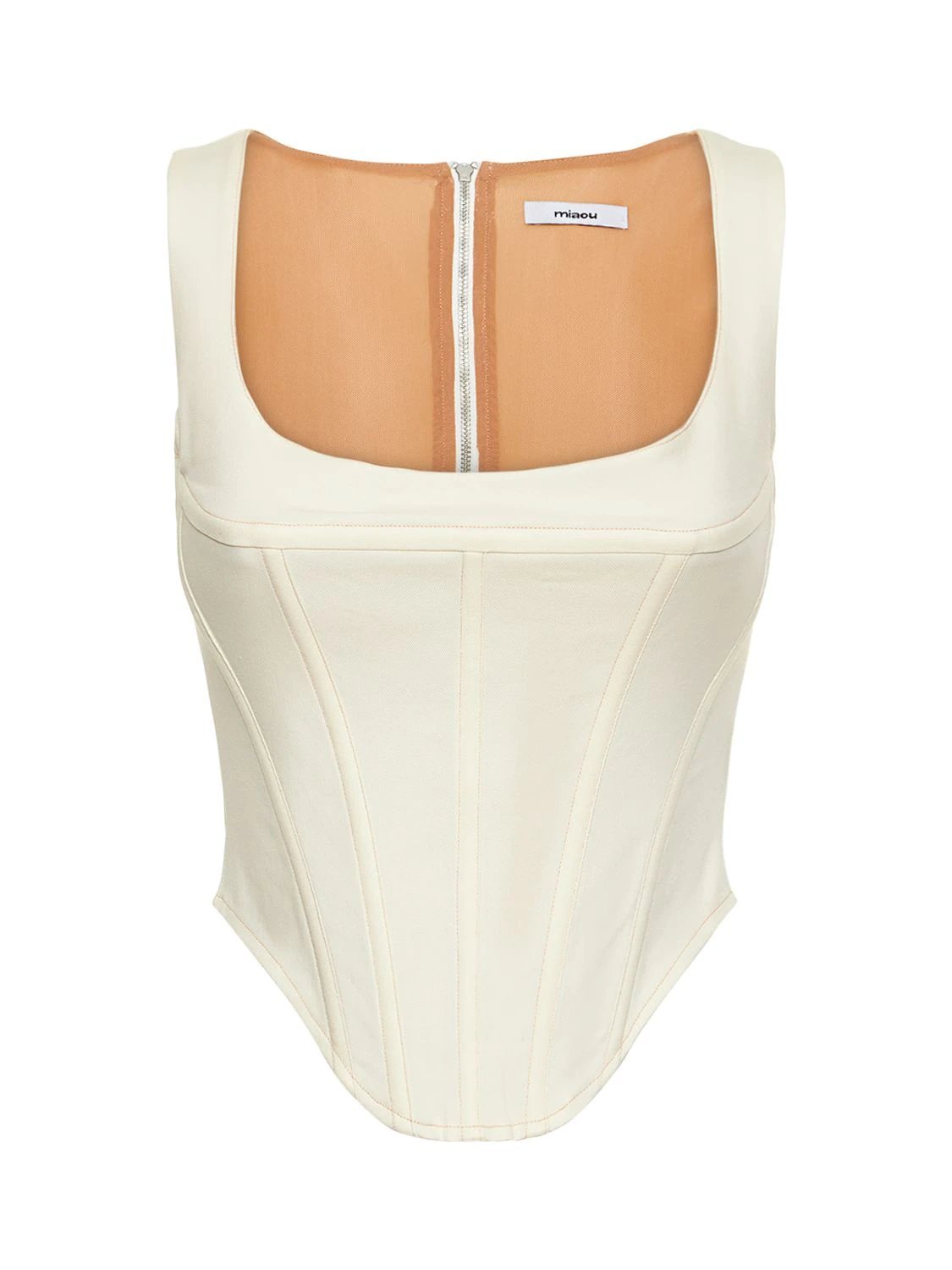
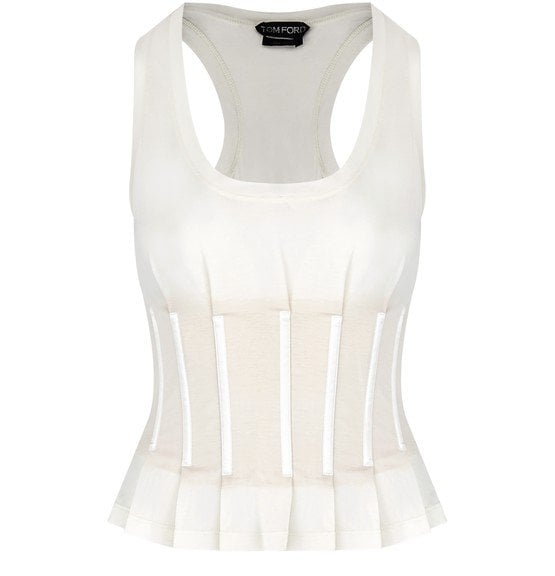
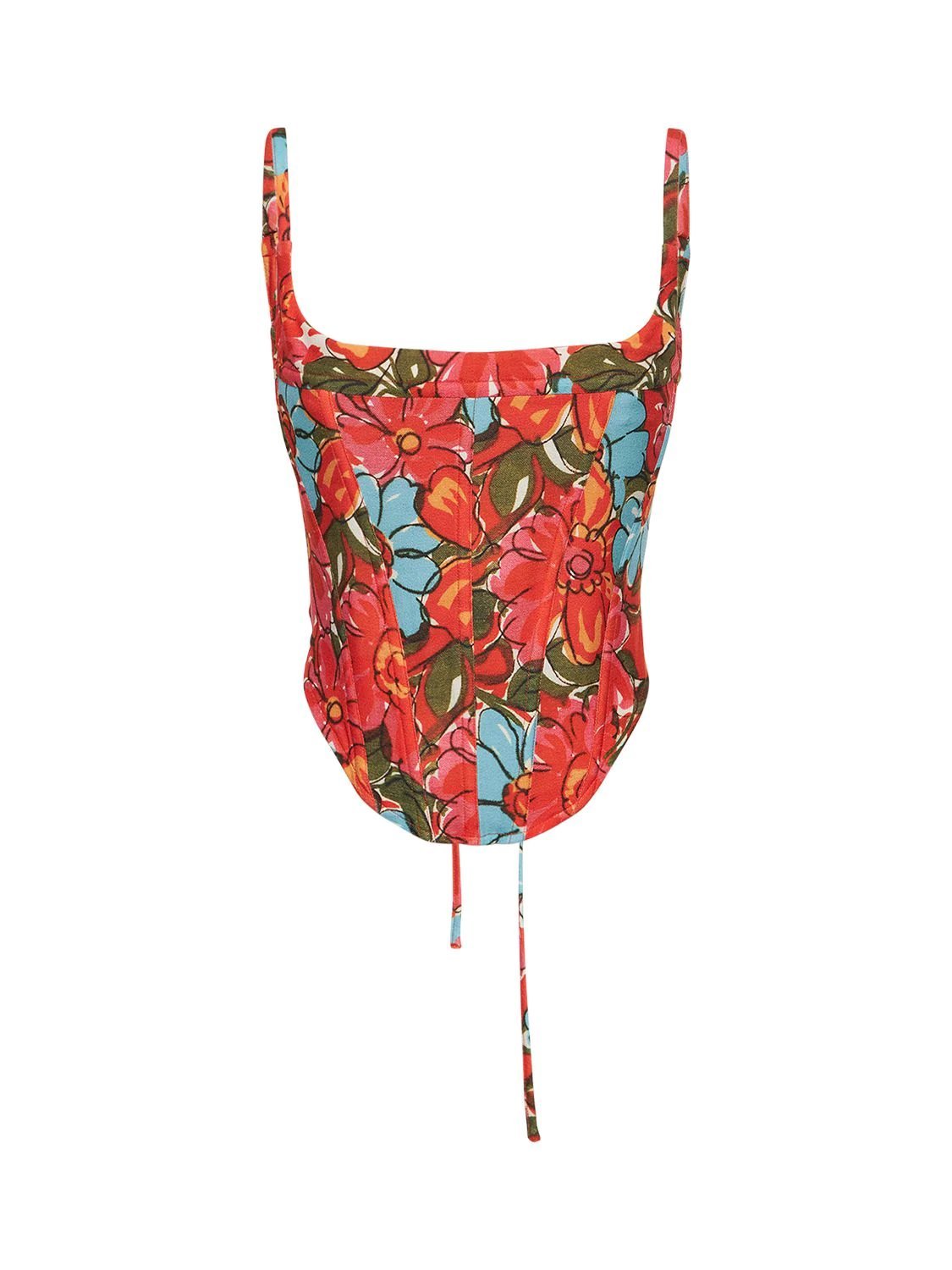
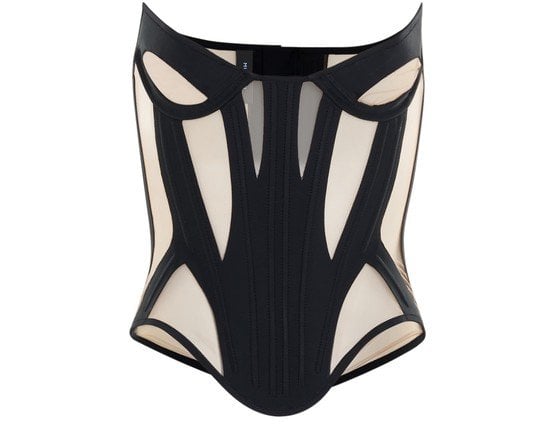
The shawl
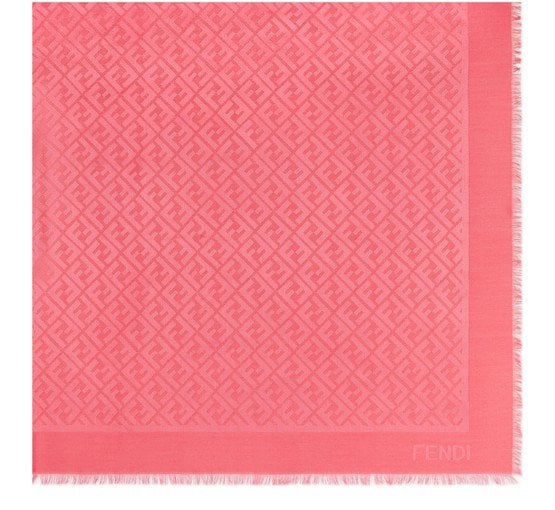
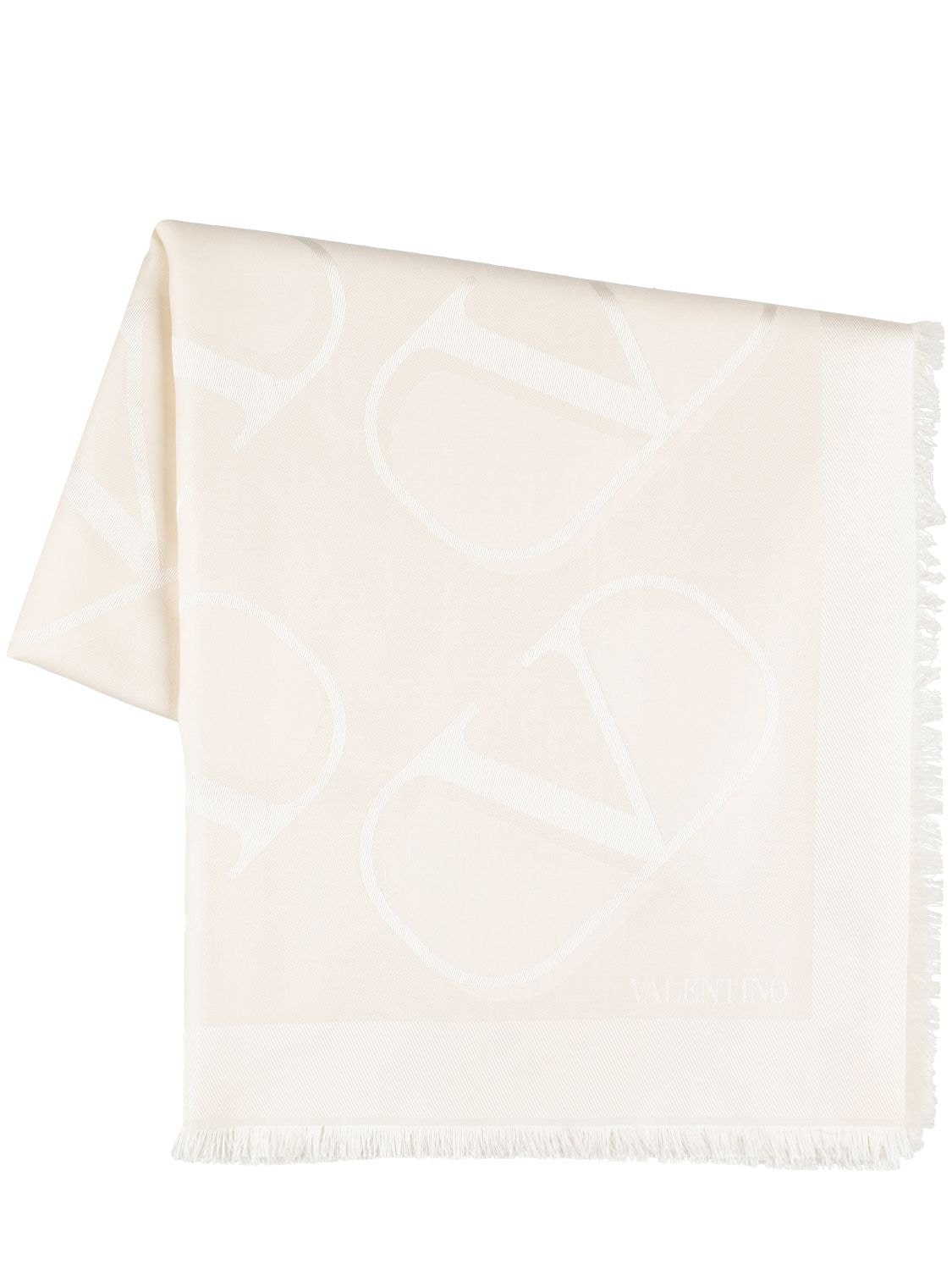
The accessories
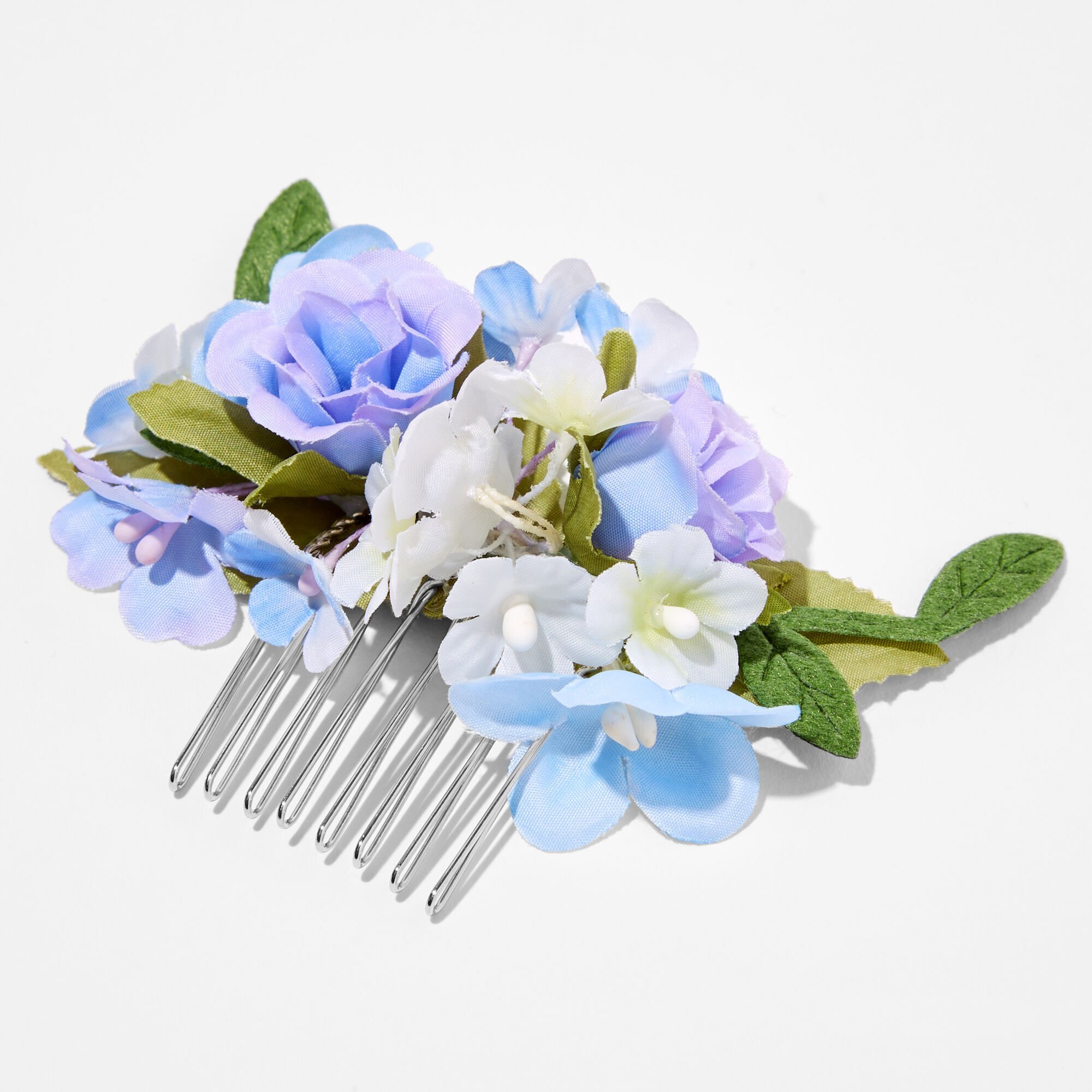
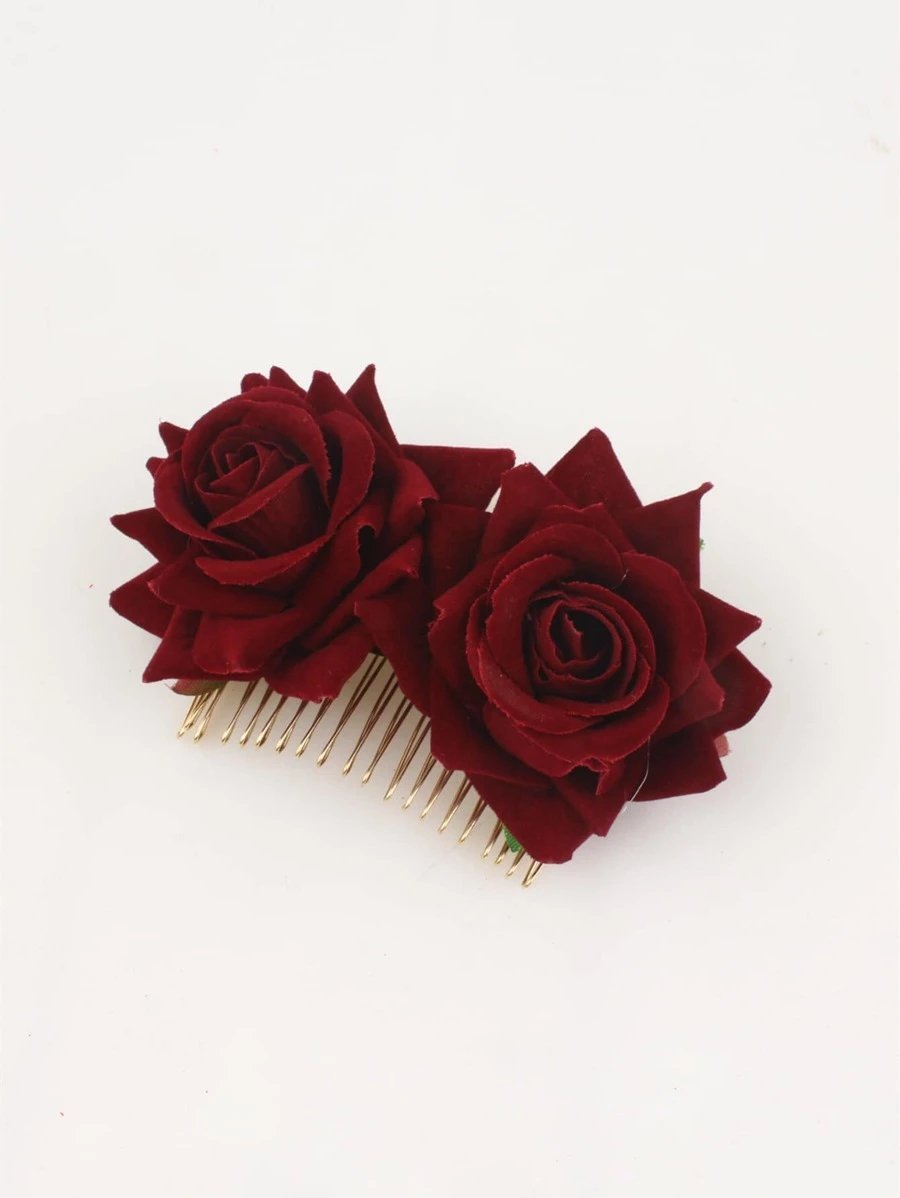
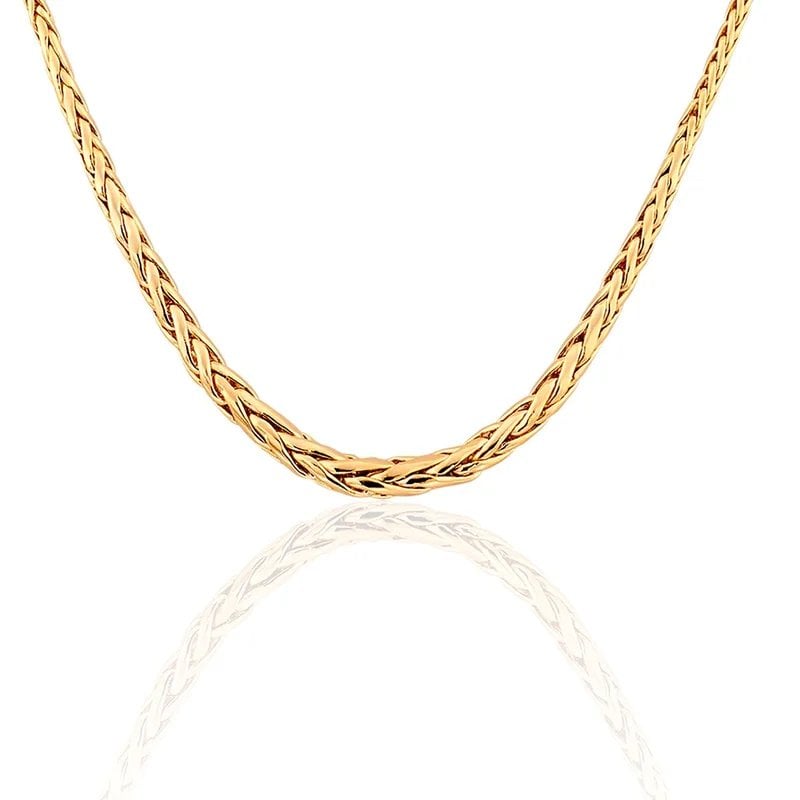
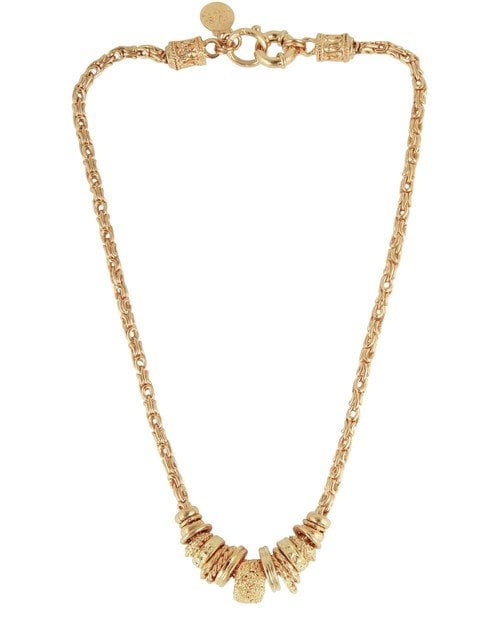
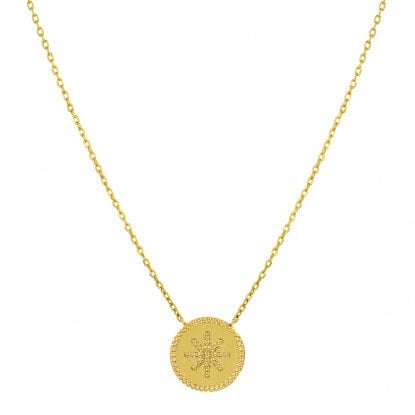
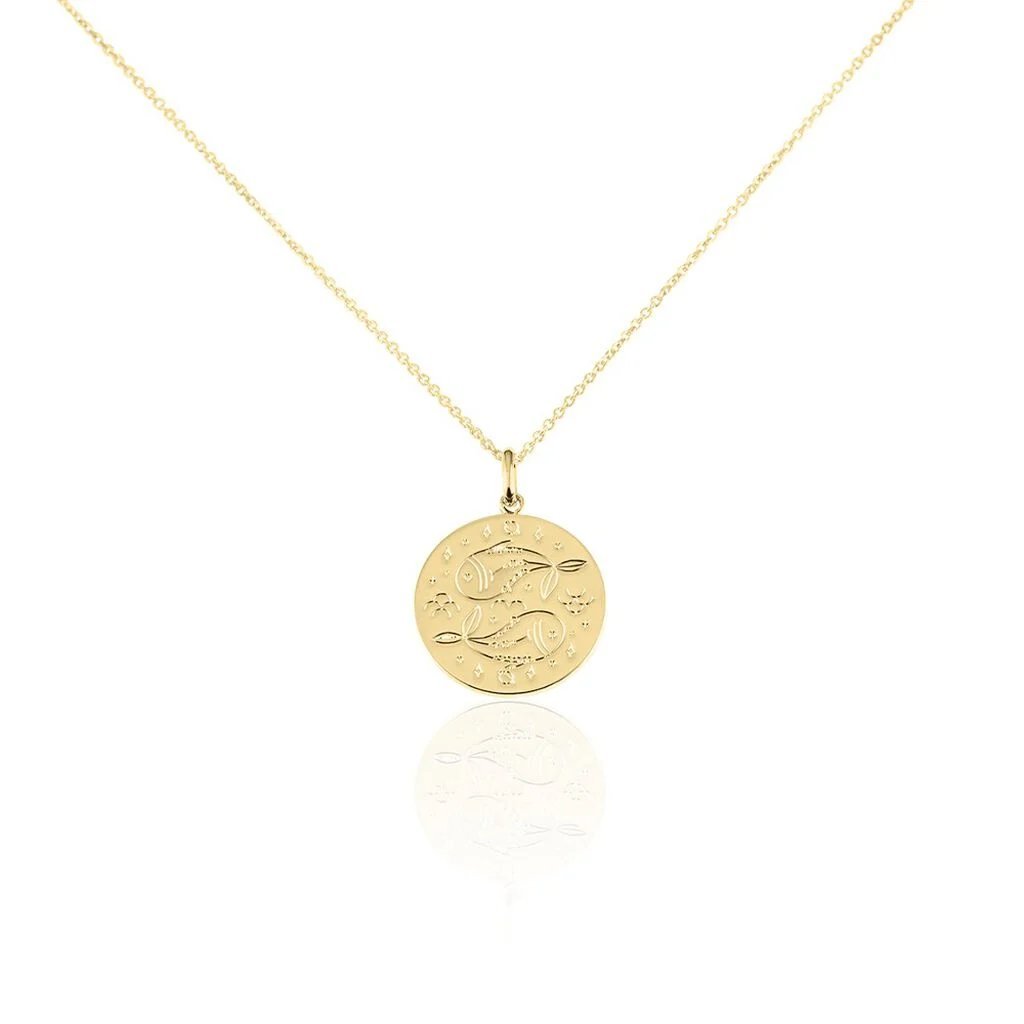
If you are passing through the capital, we also recommend taking a look at the exhibition on the golds of Yves Saint Laurent, which is sure to enchant you.
Photos: Pinterest
